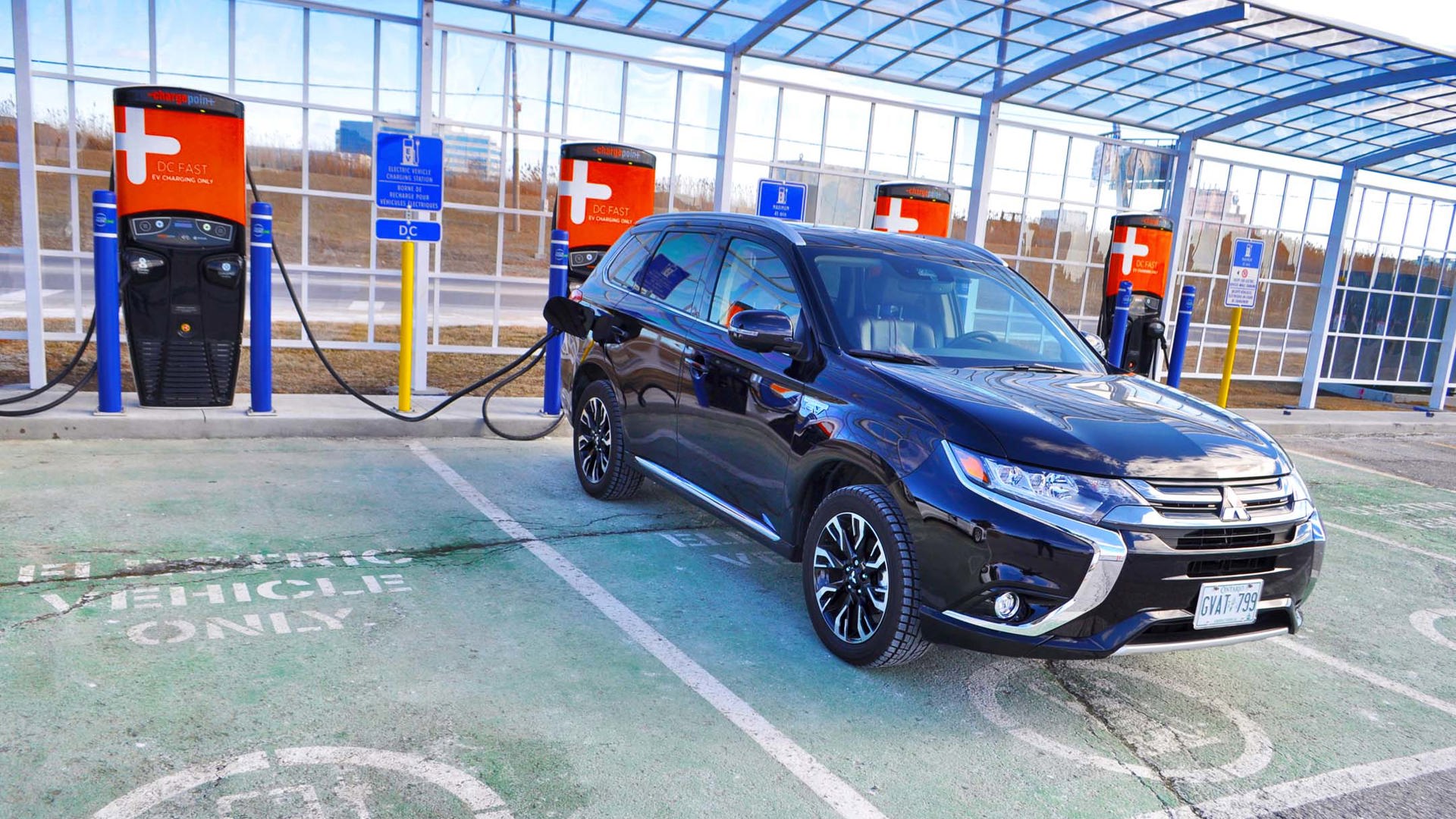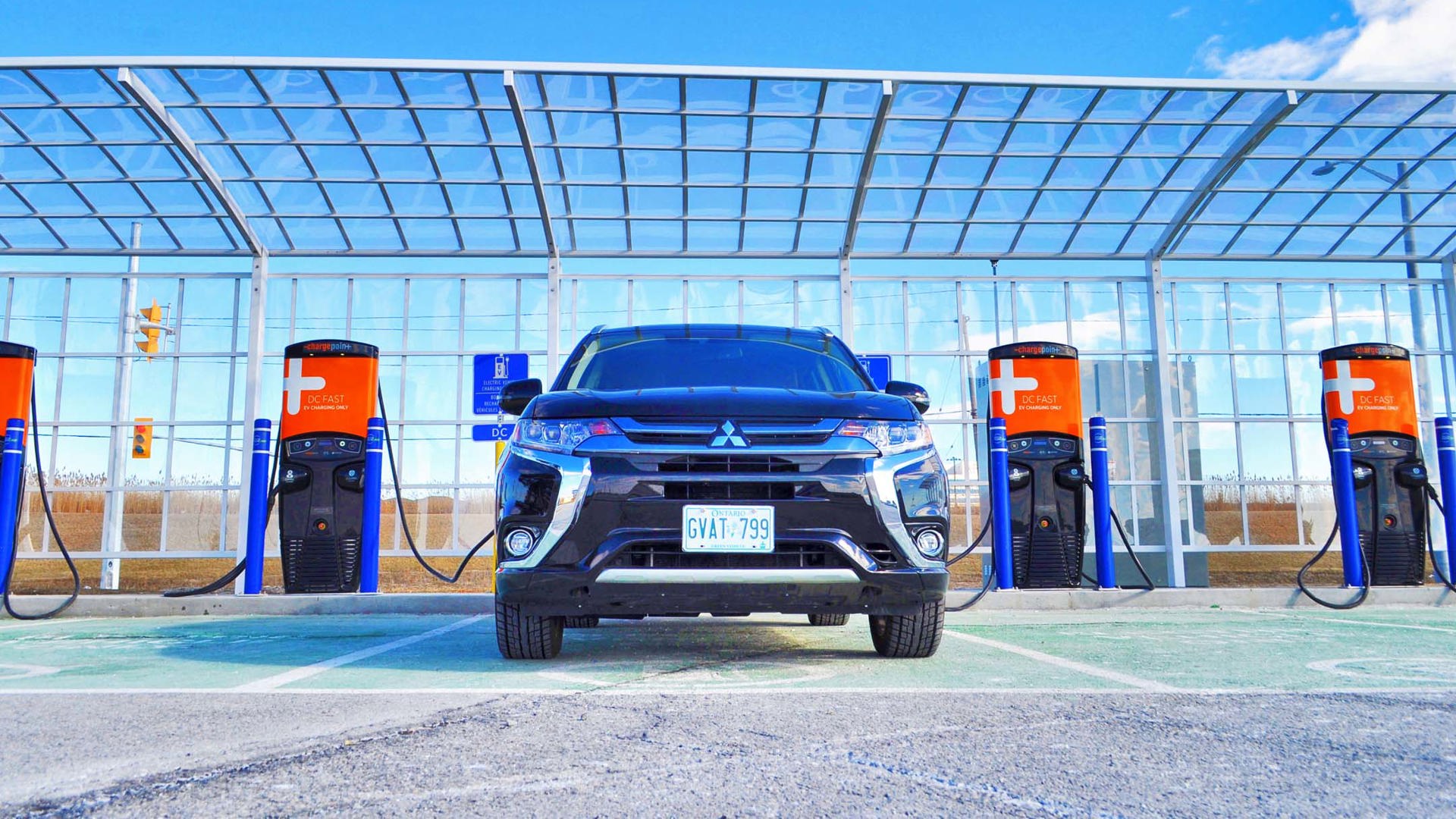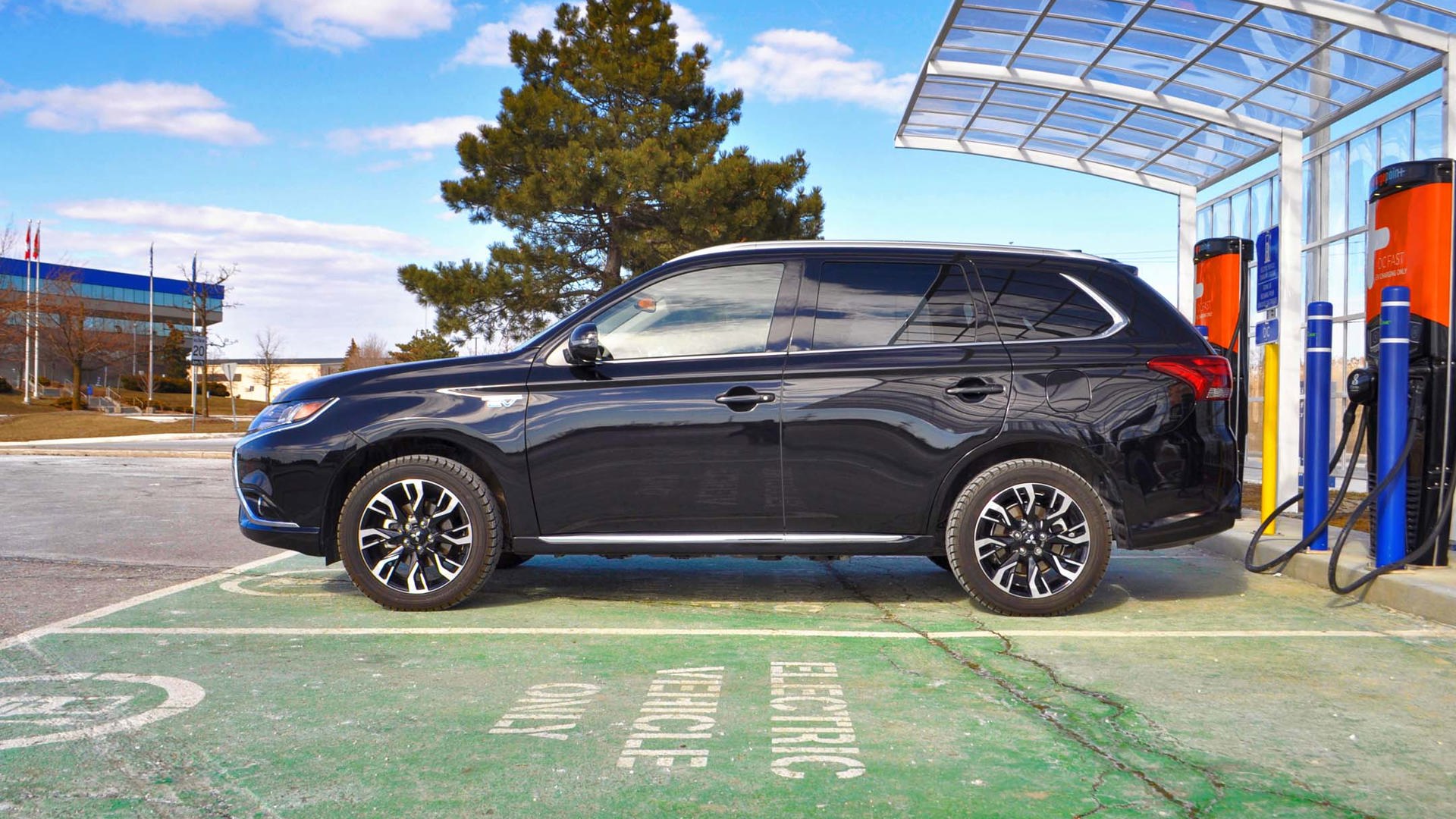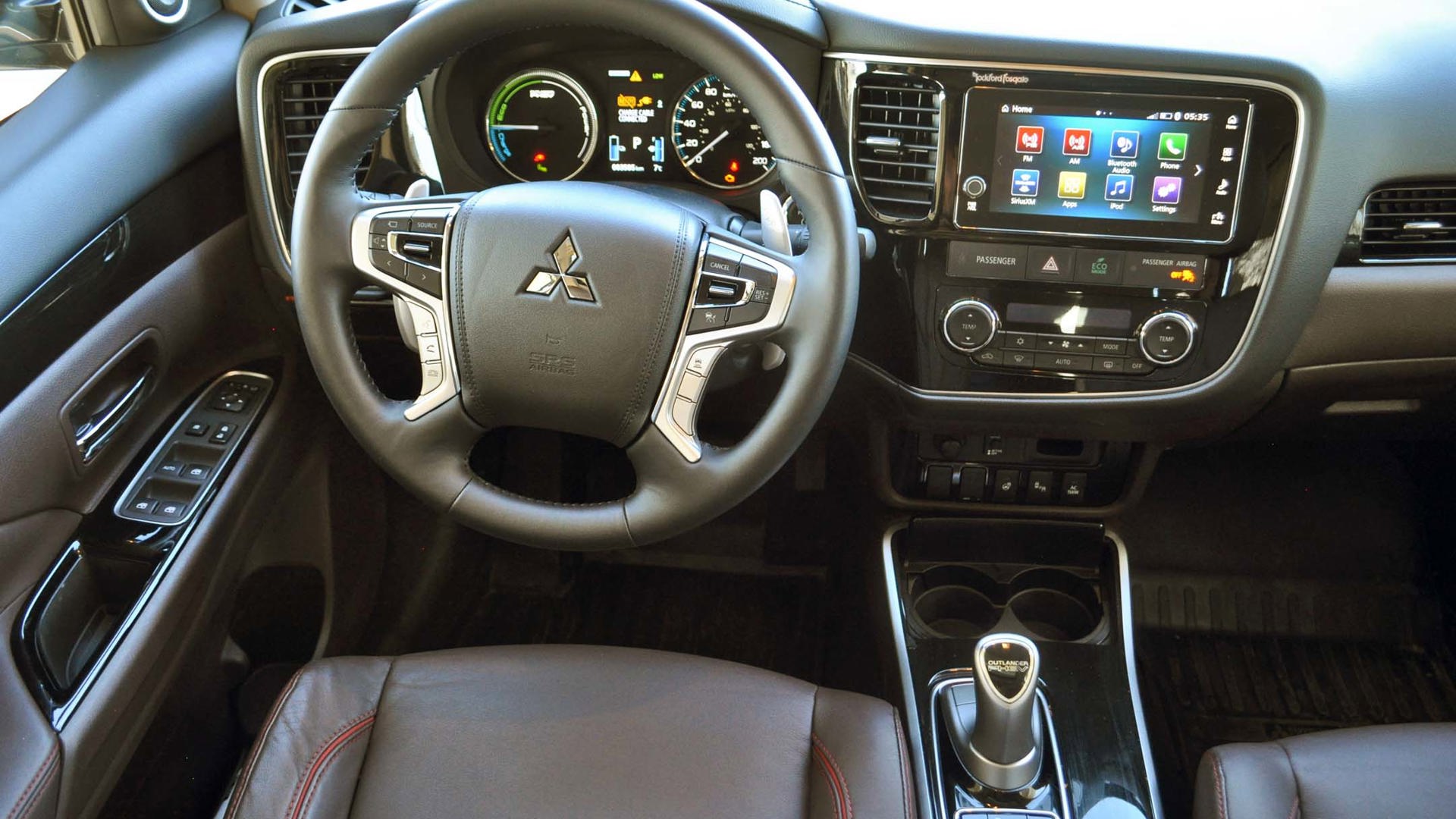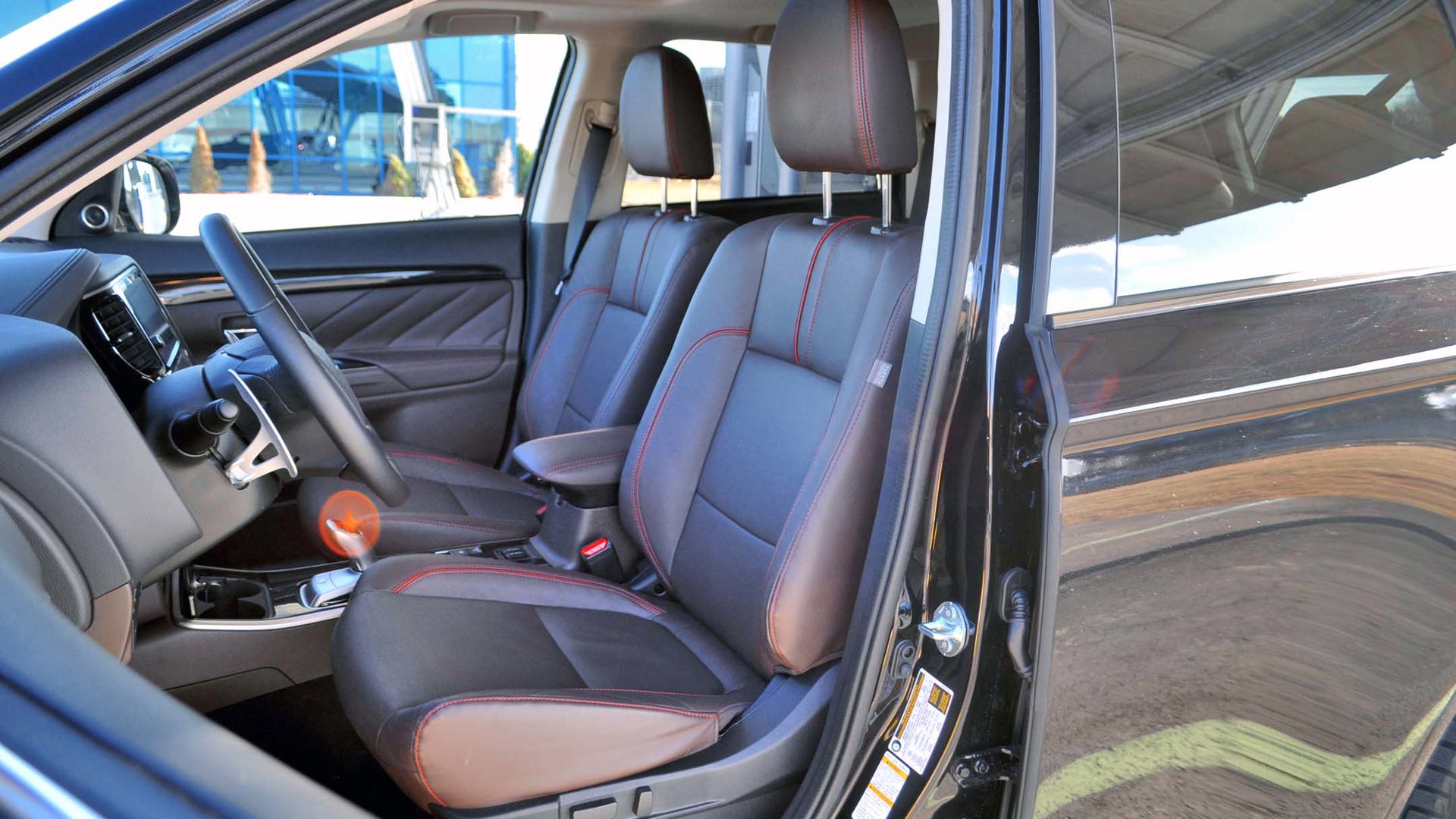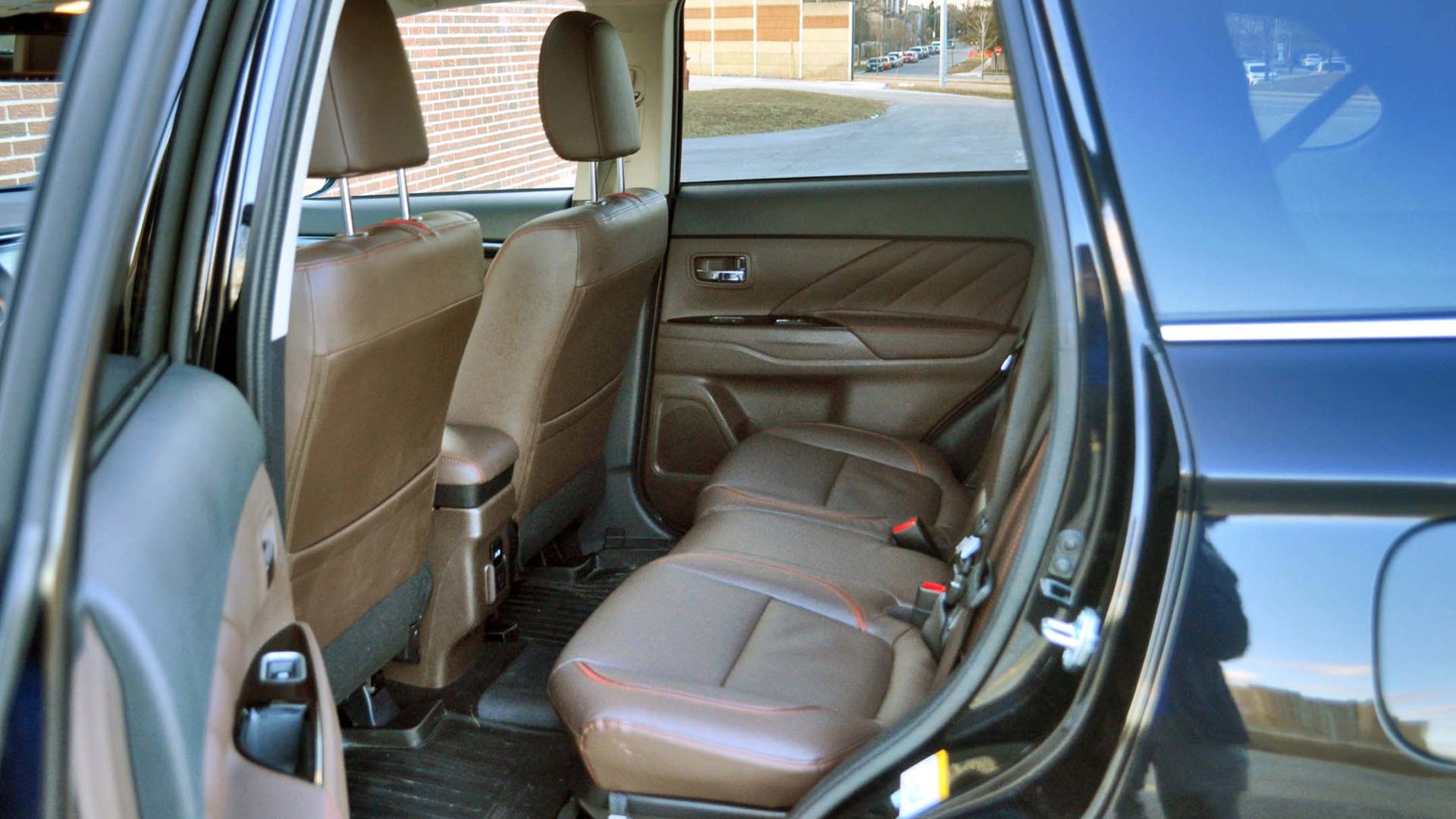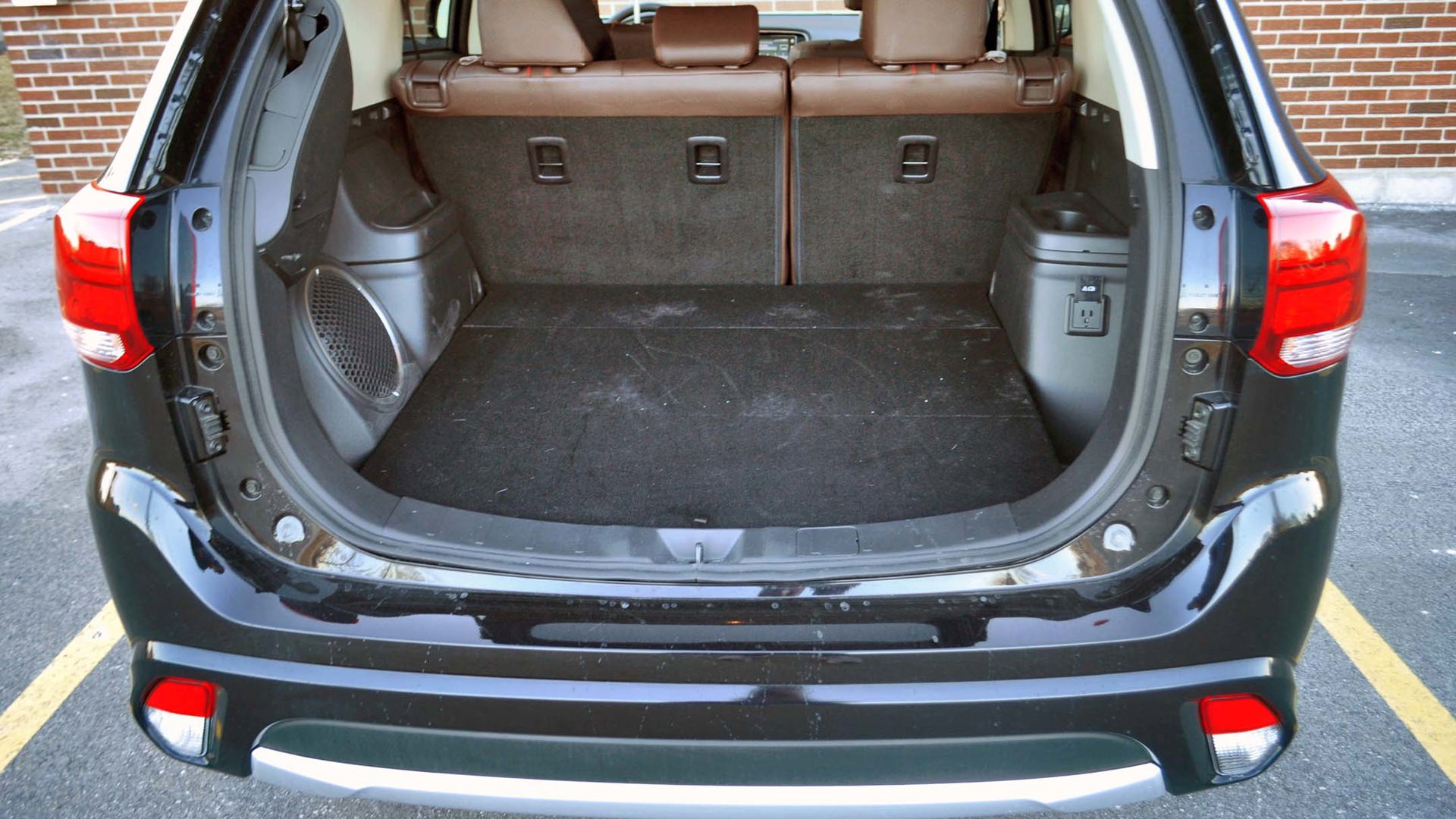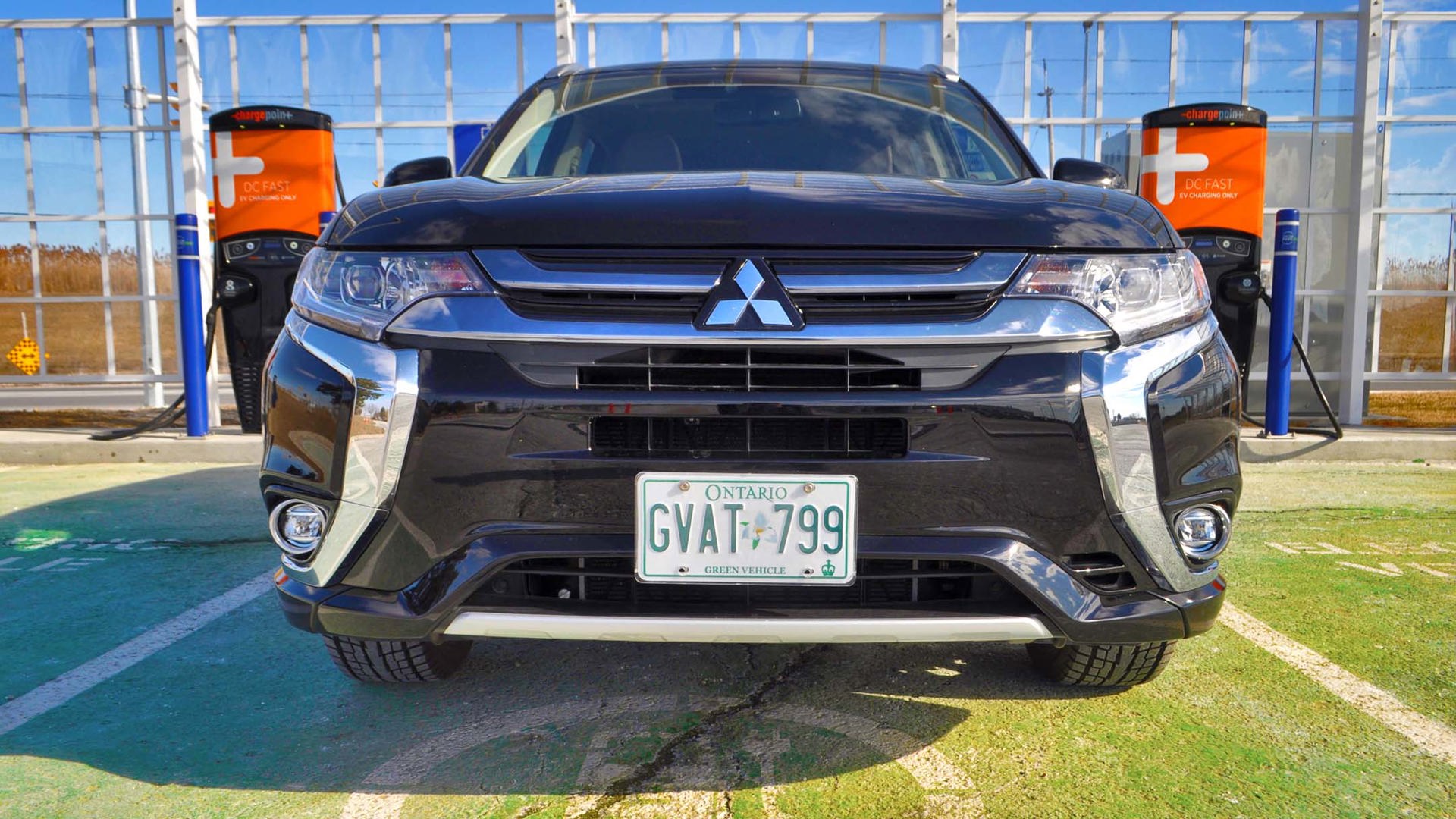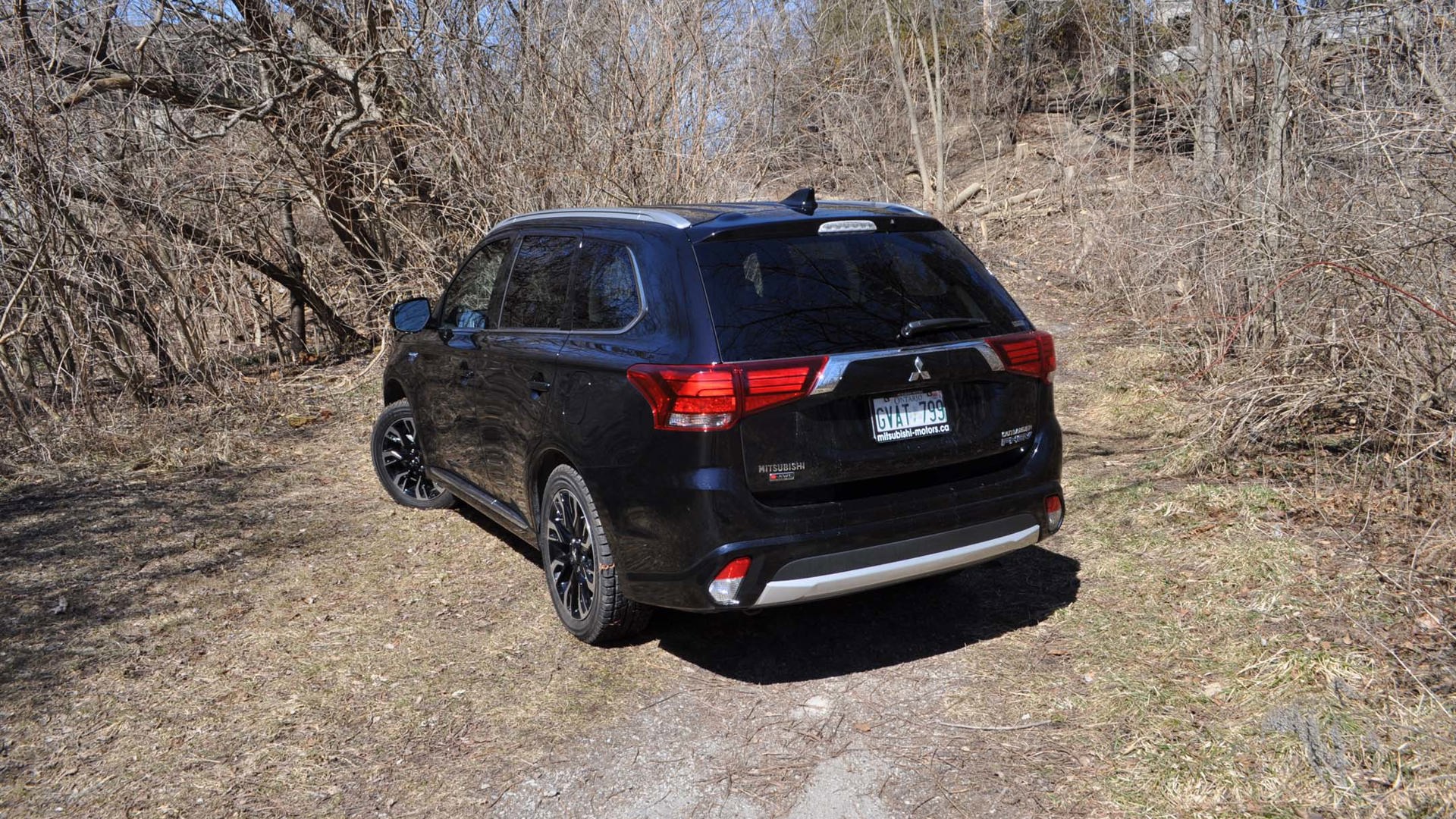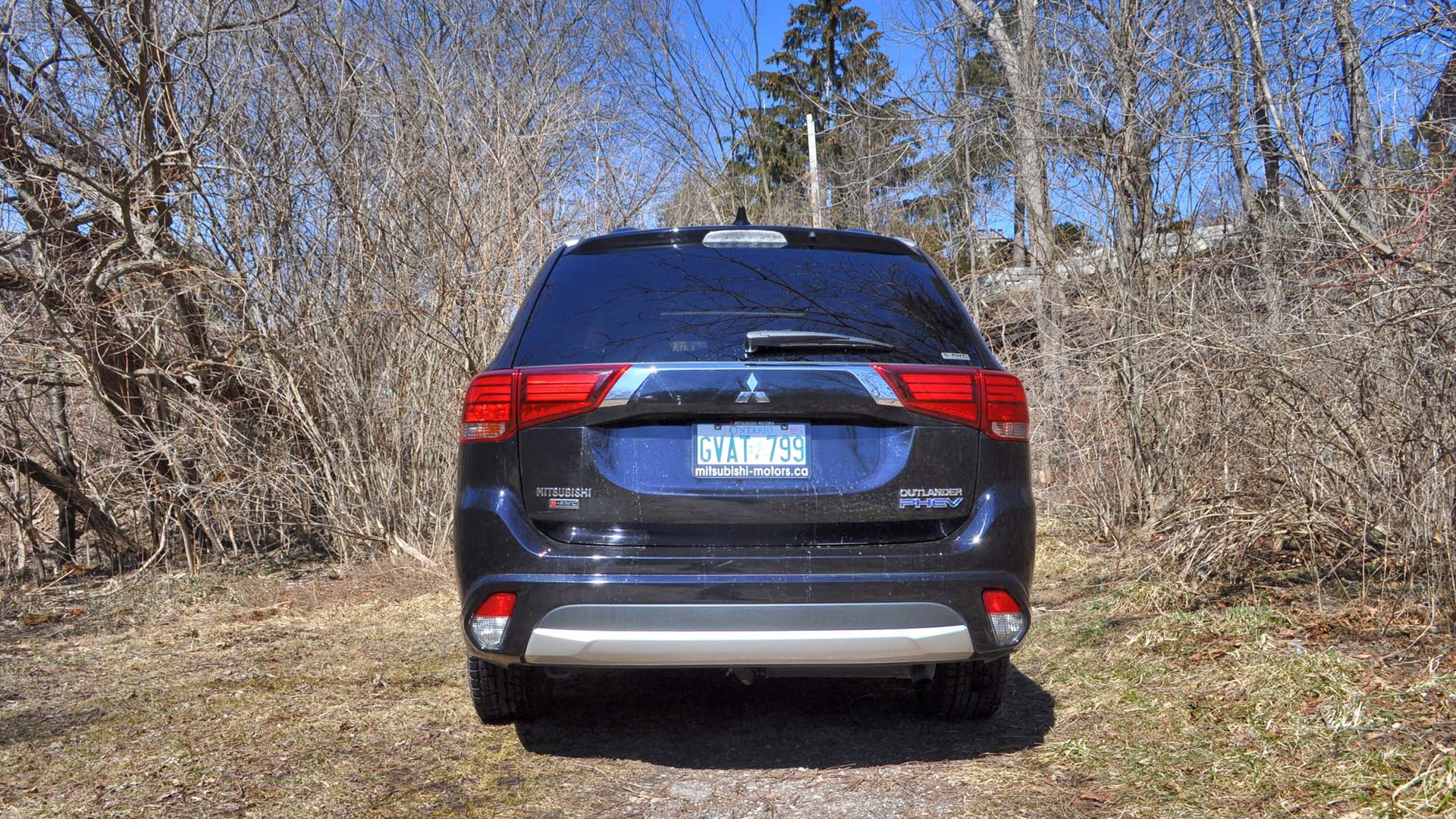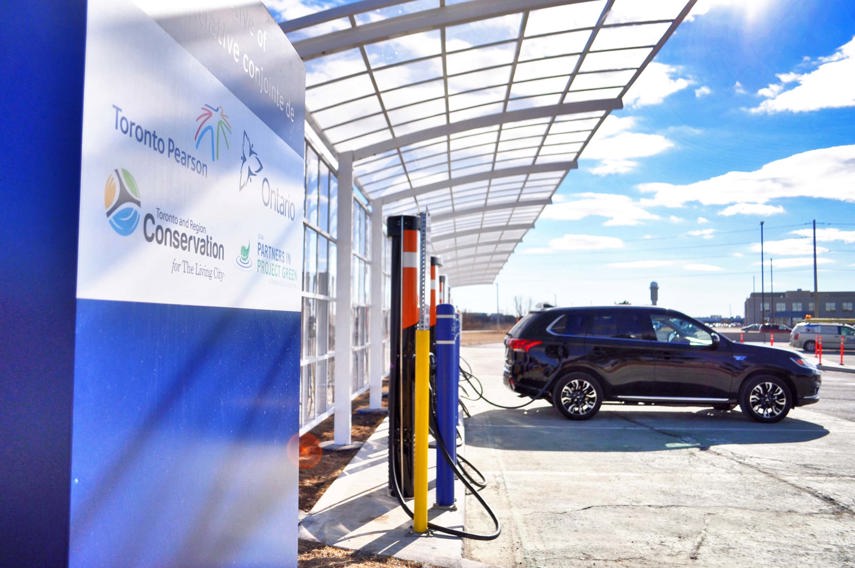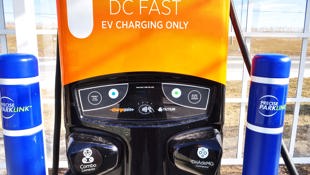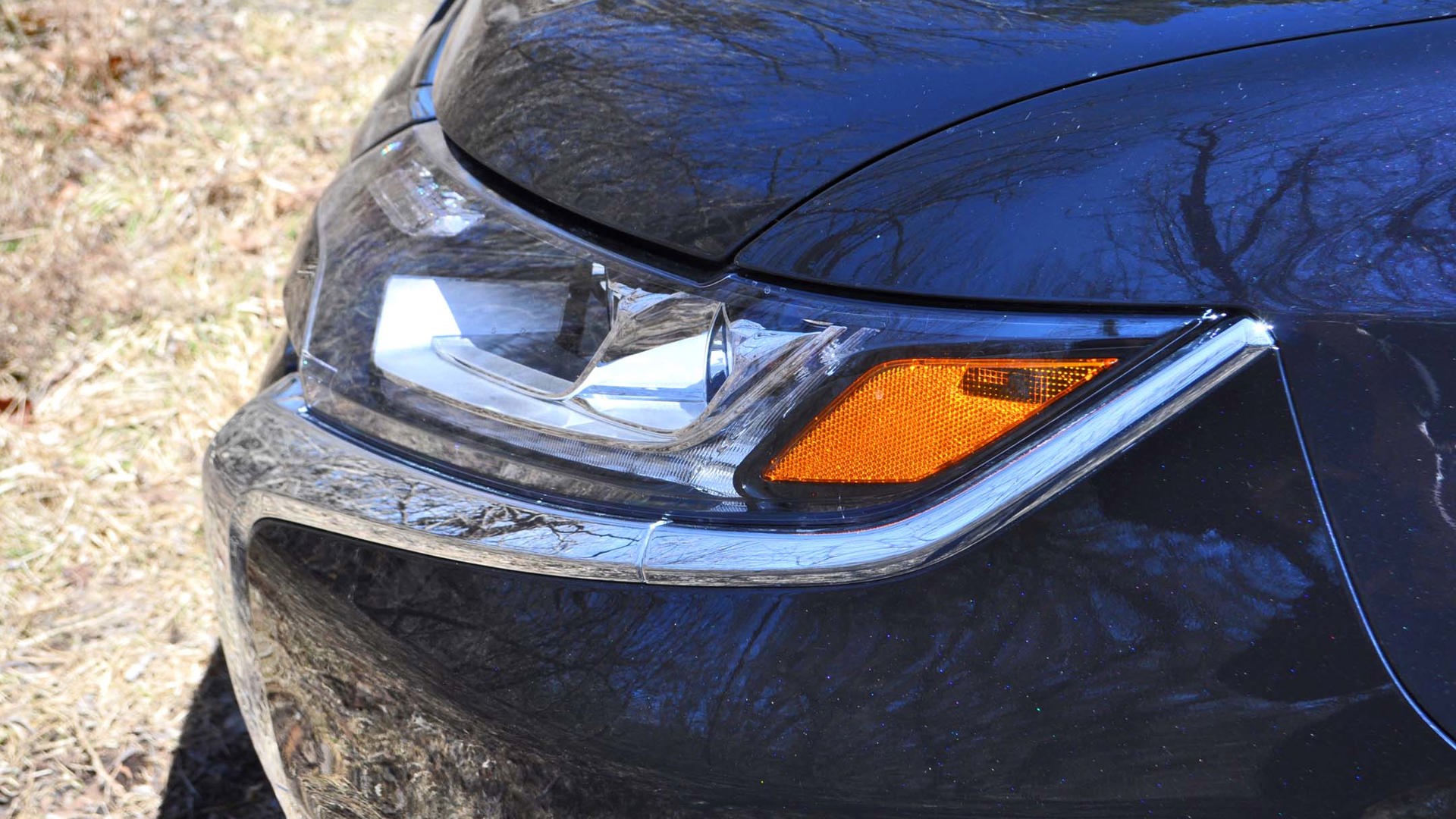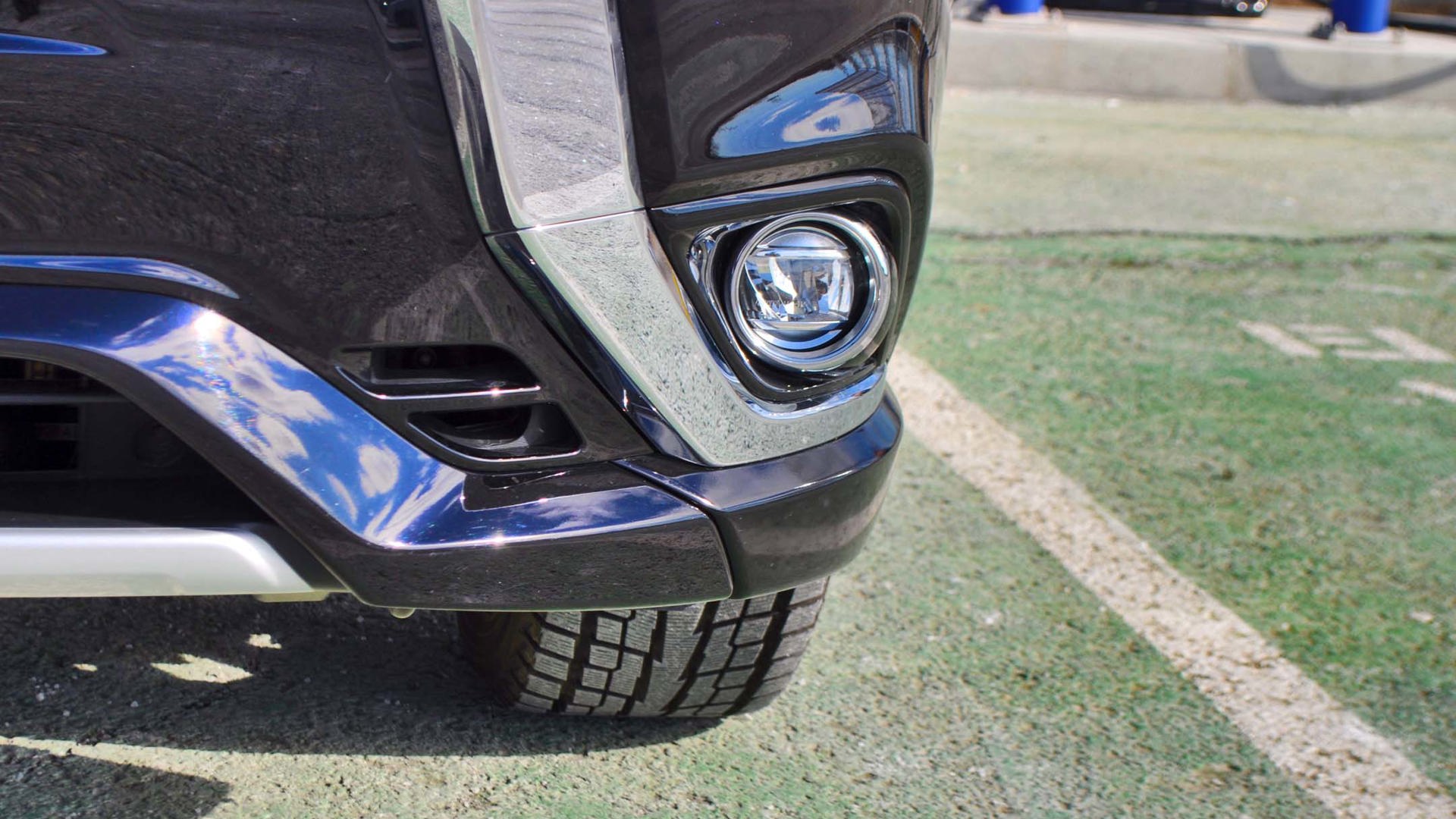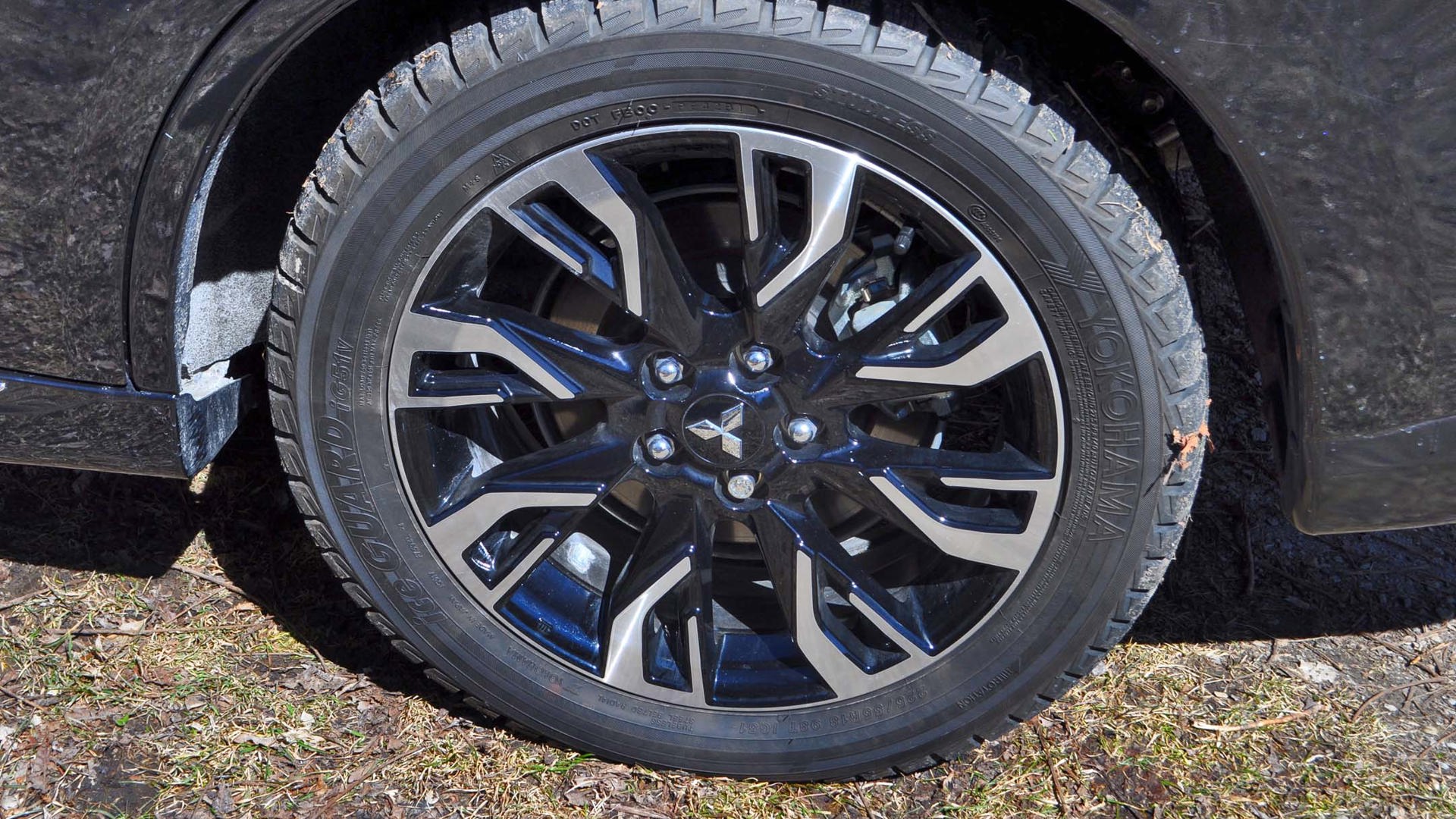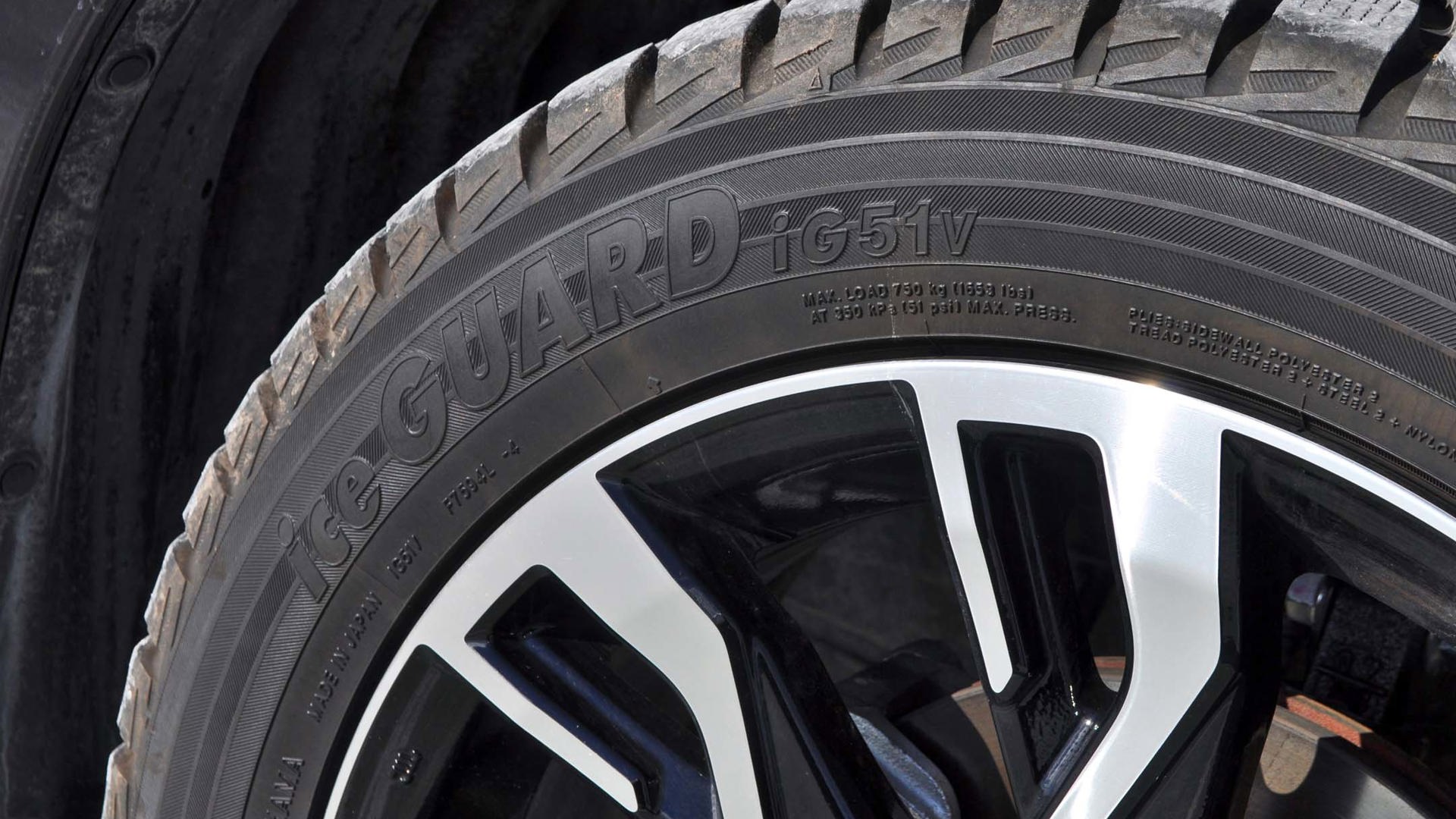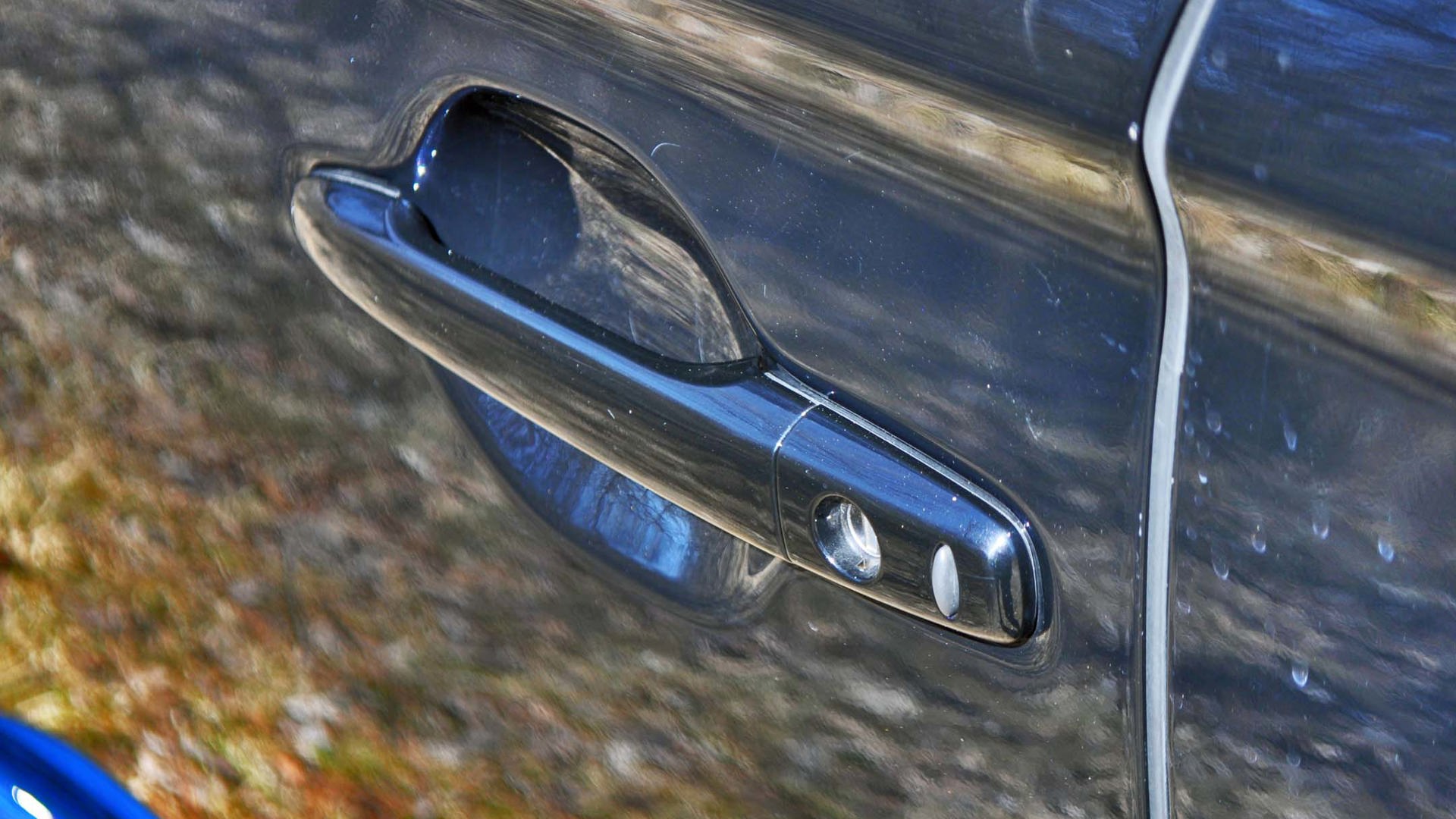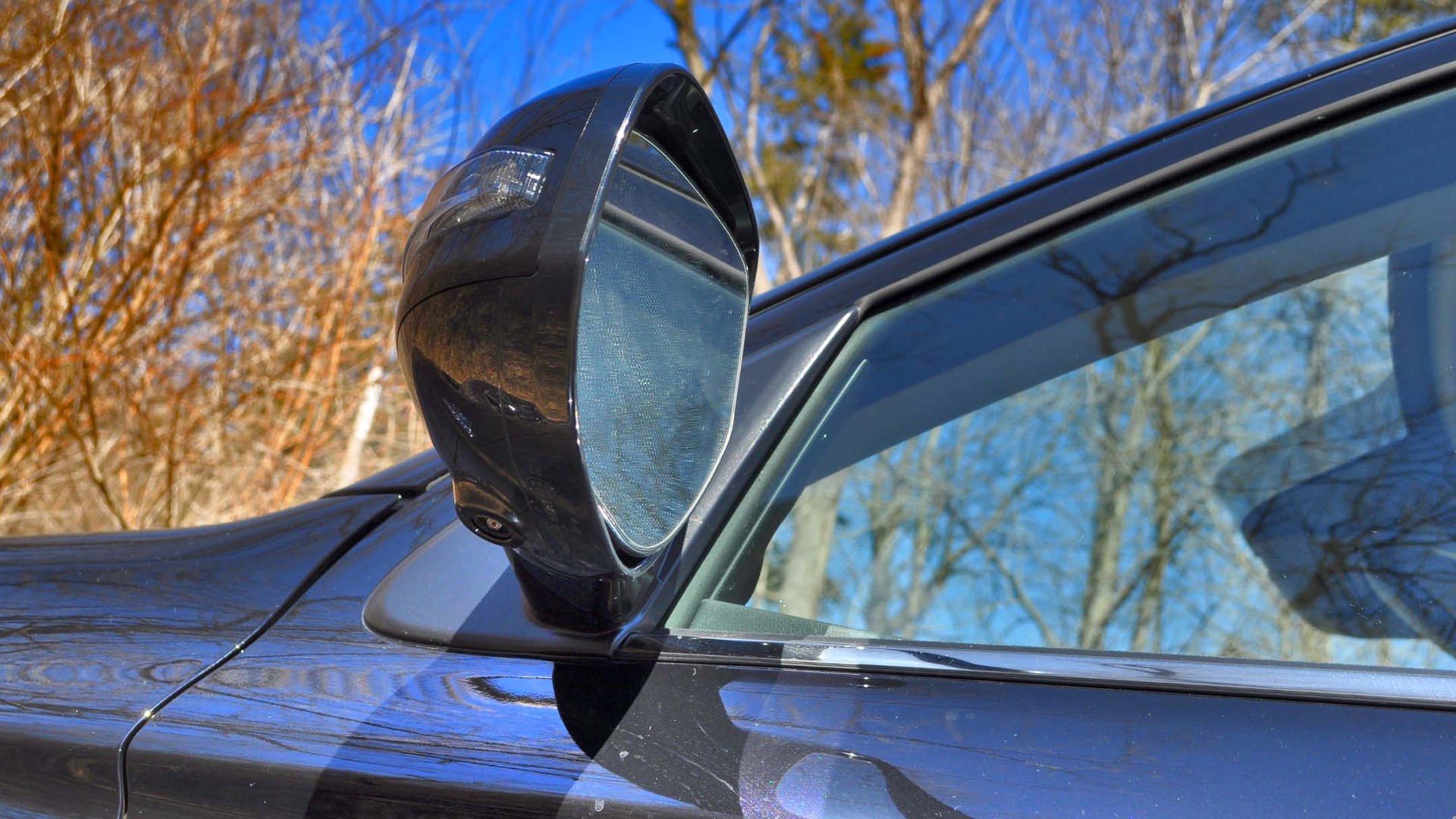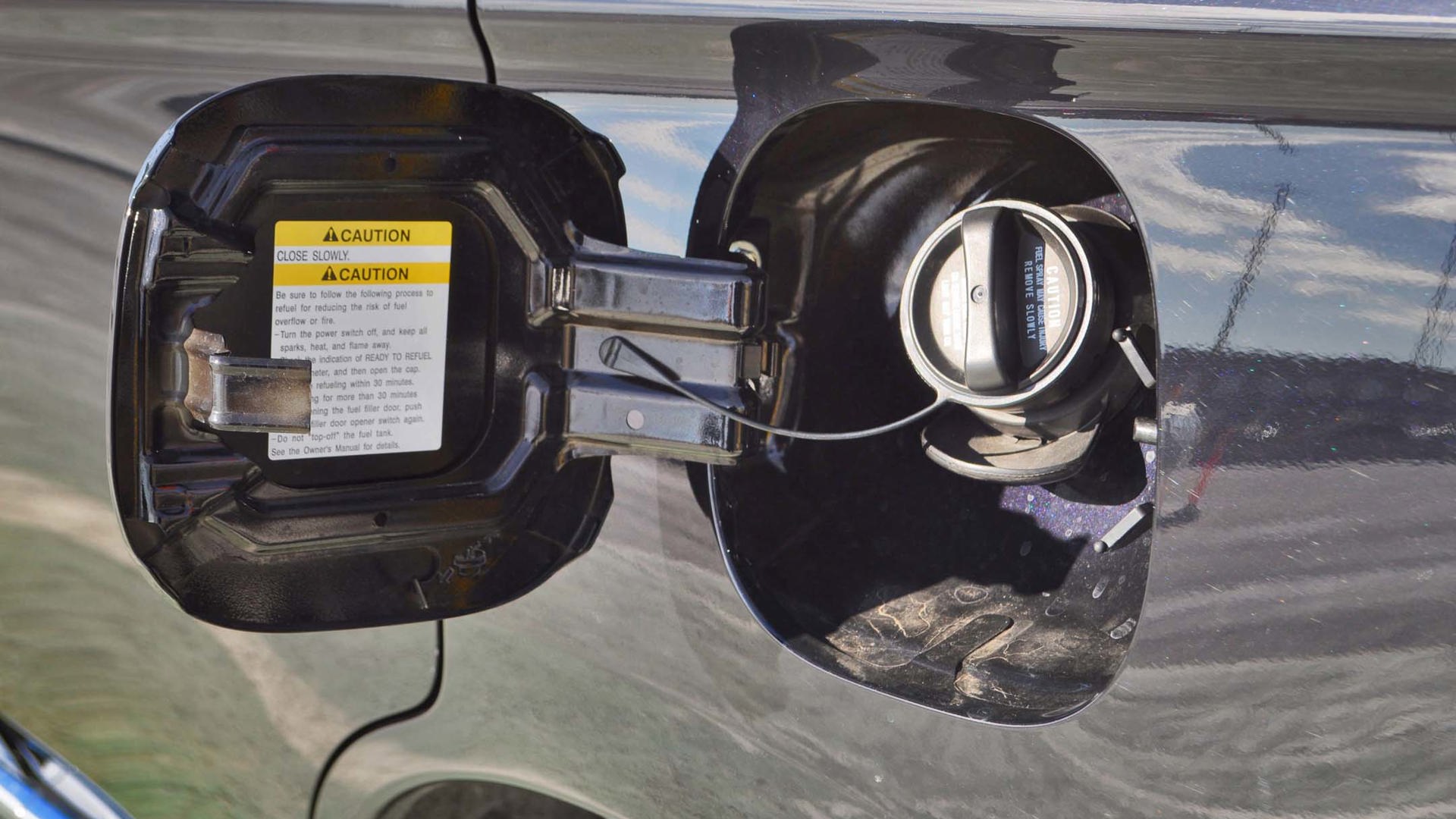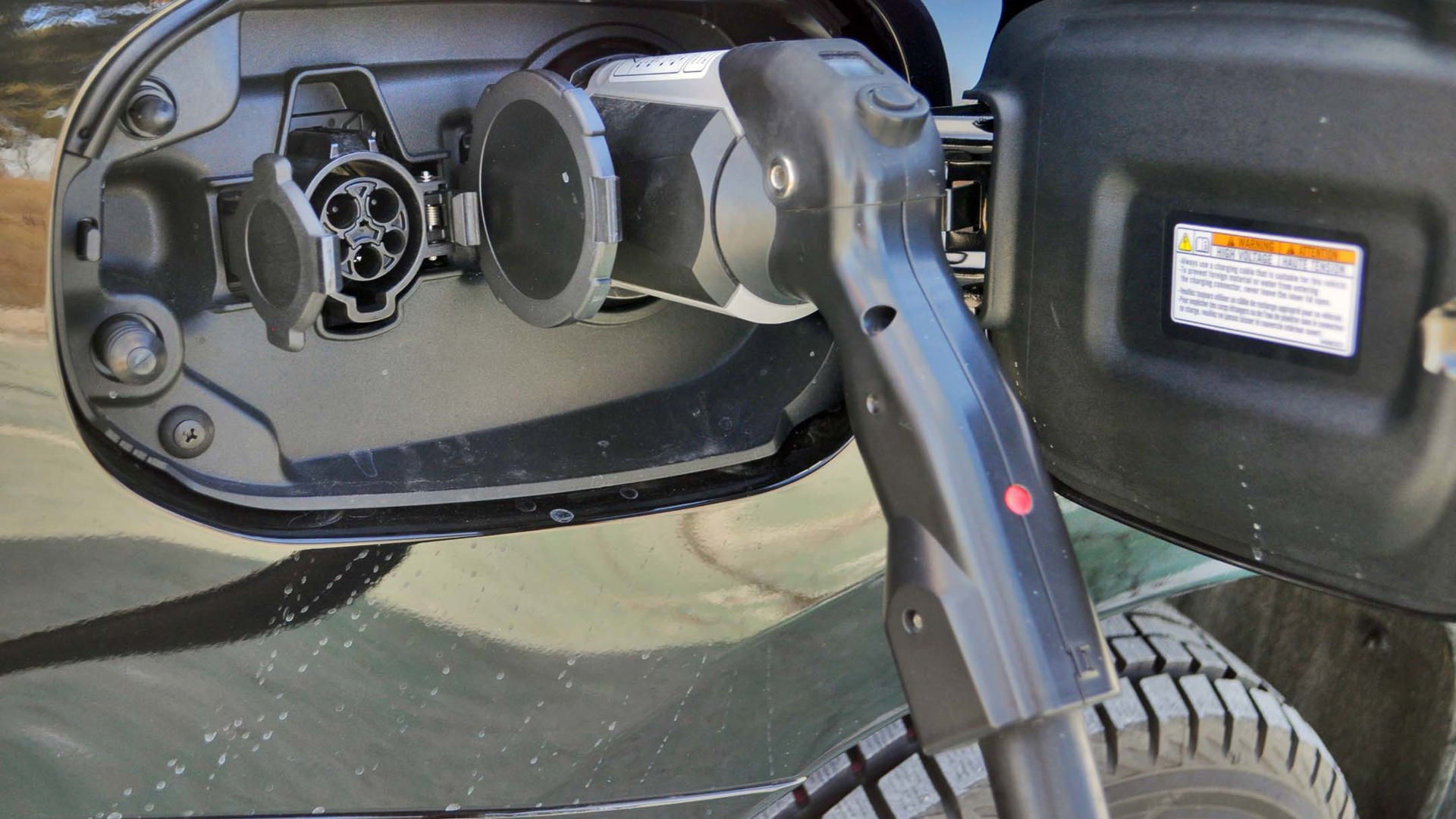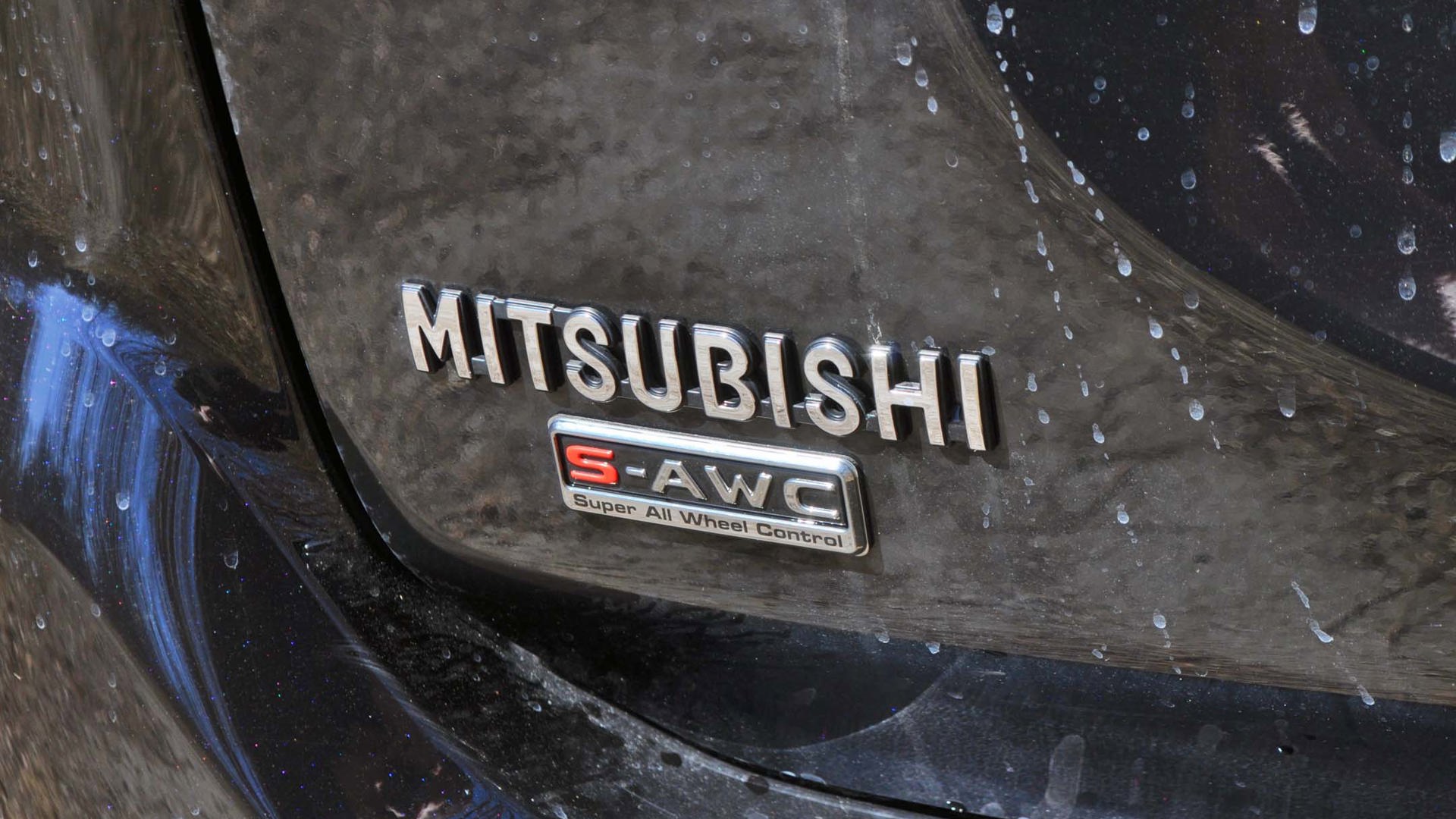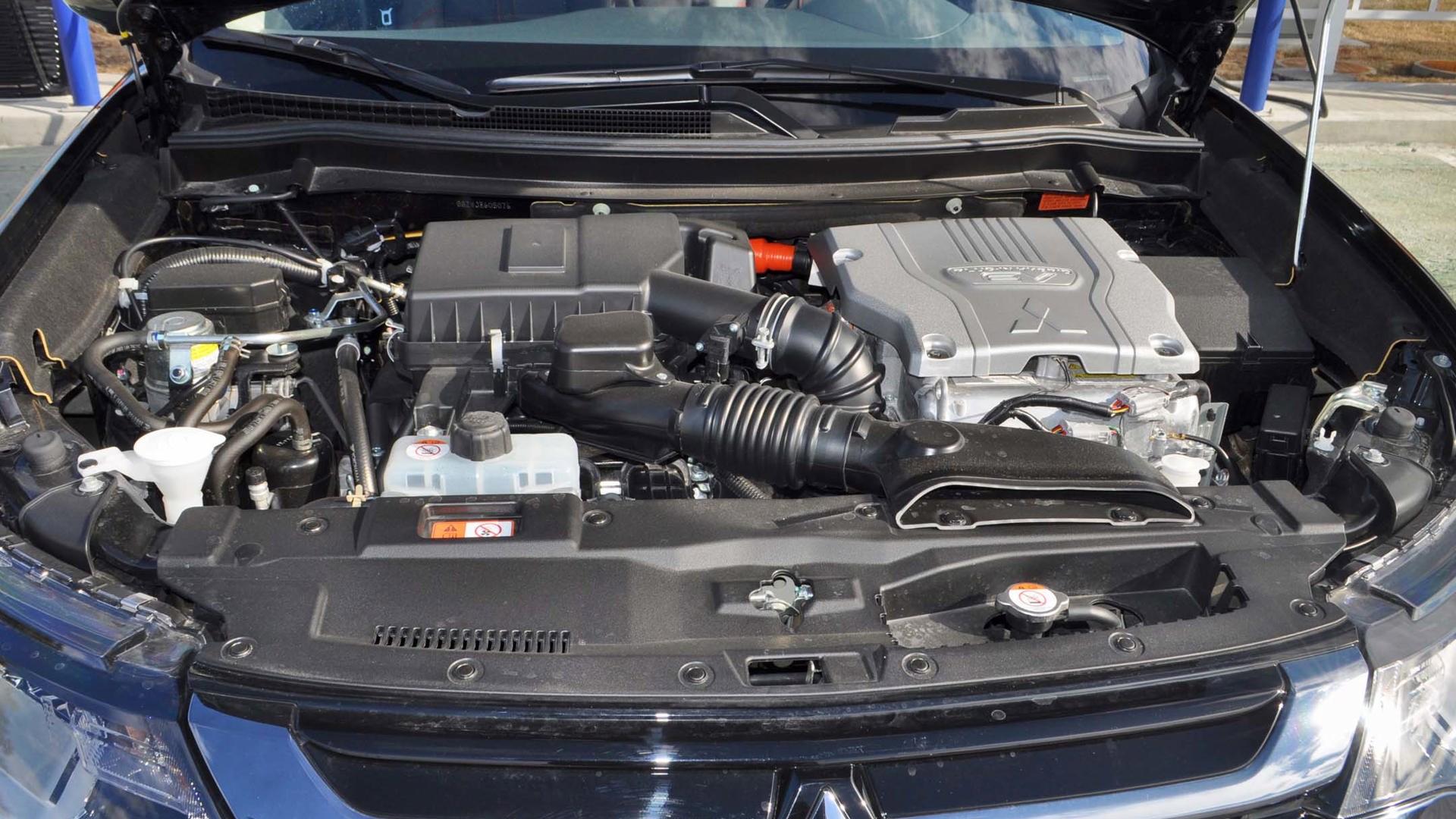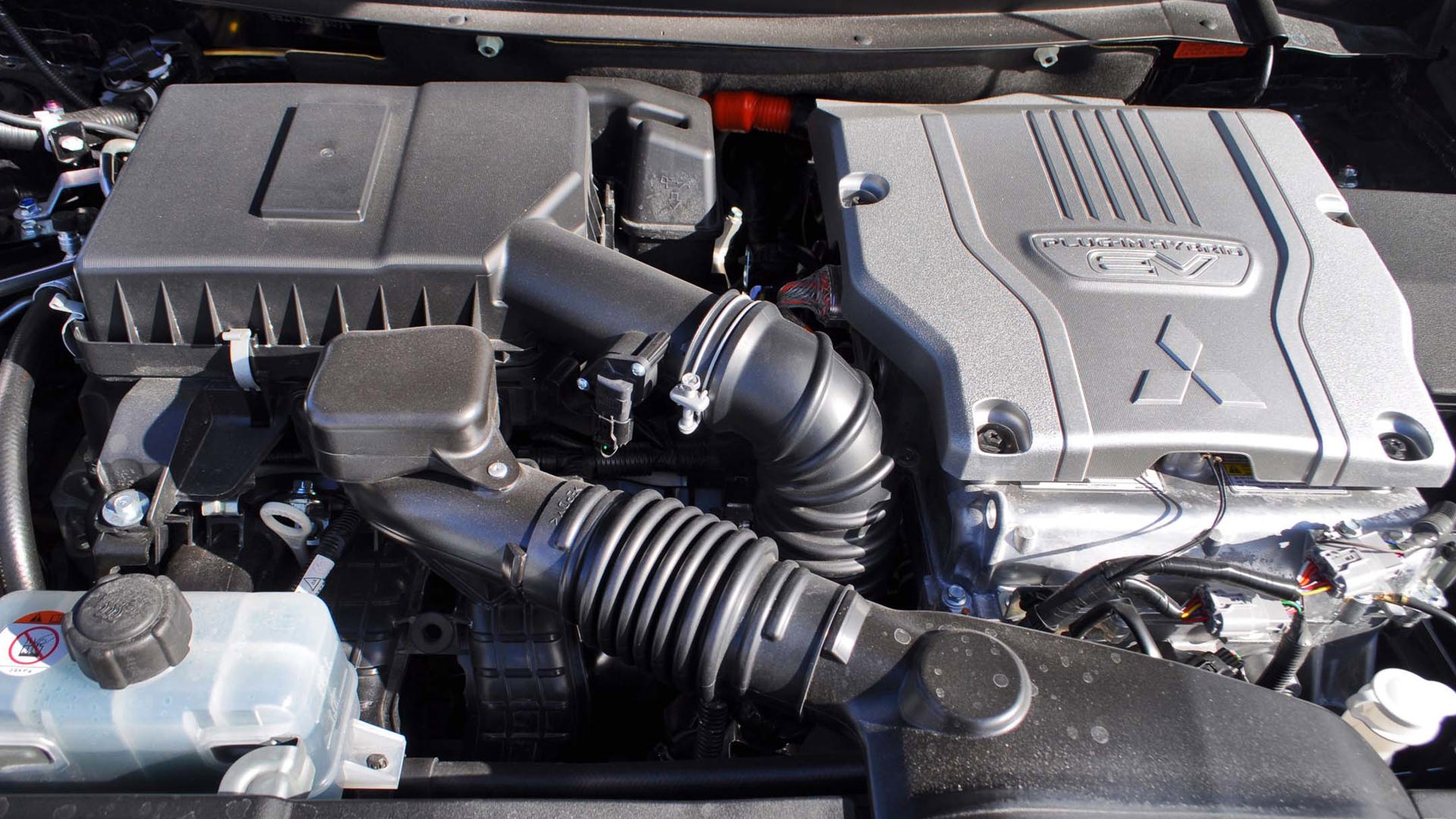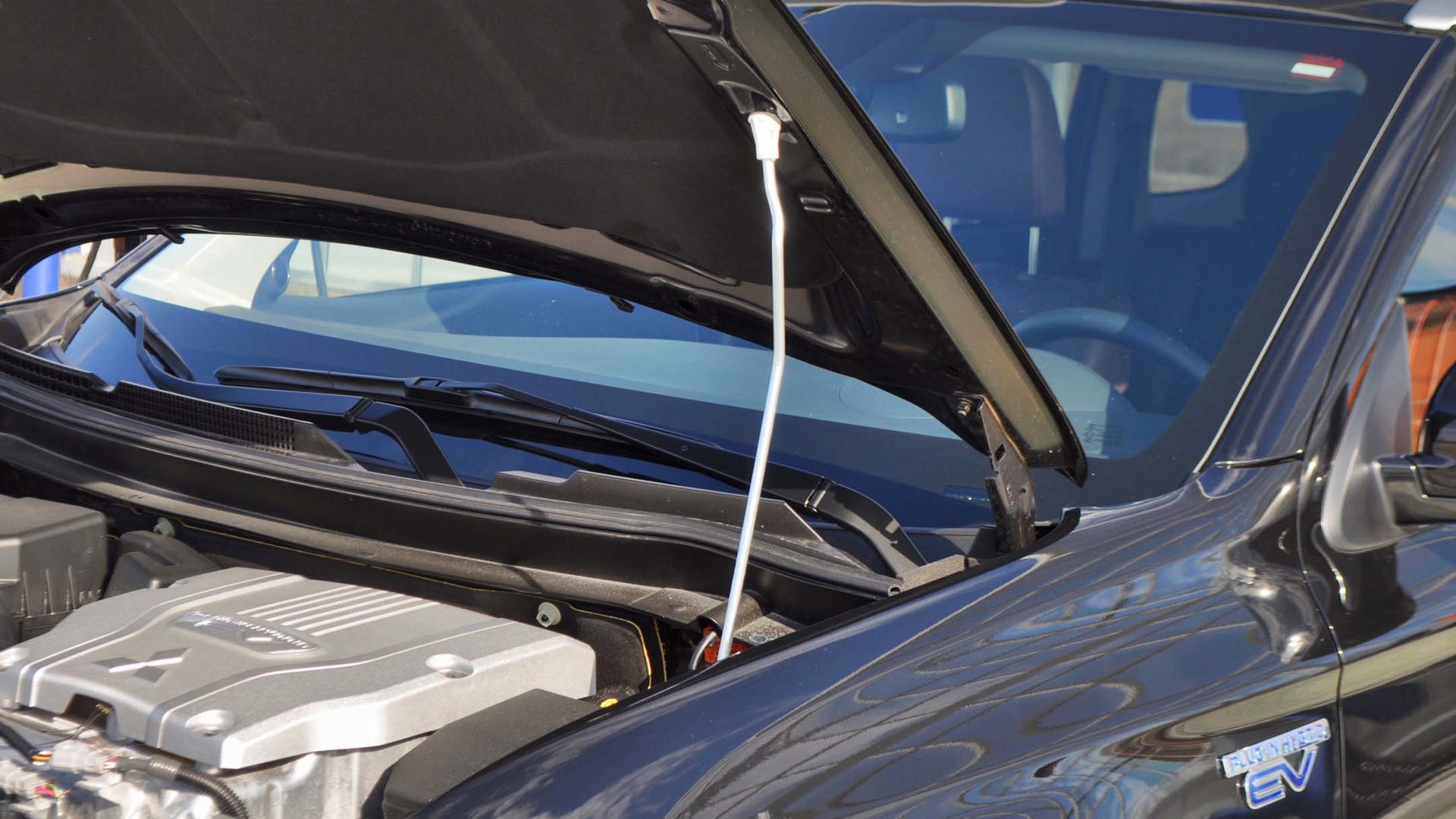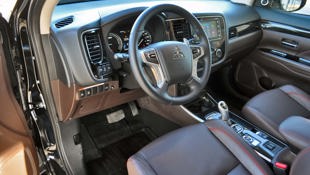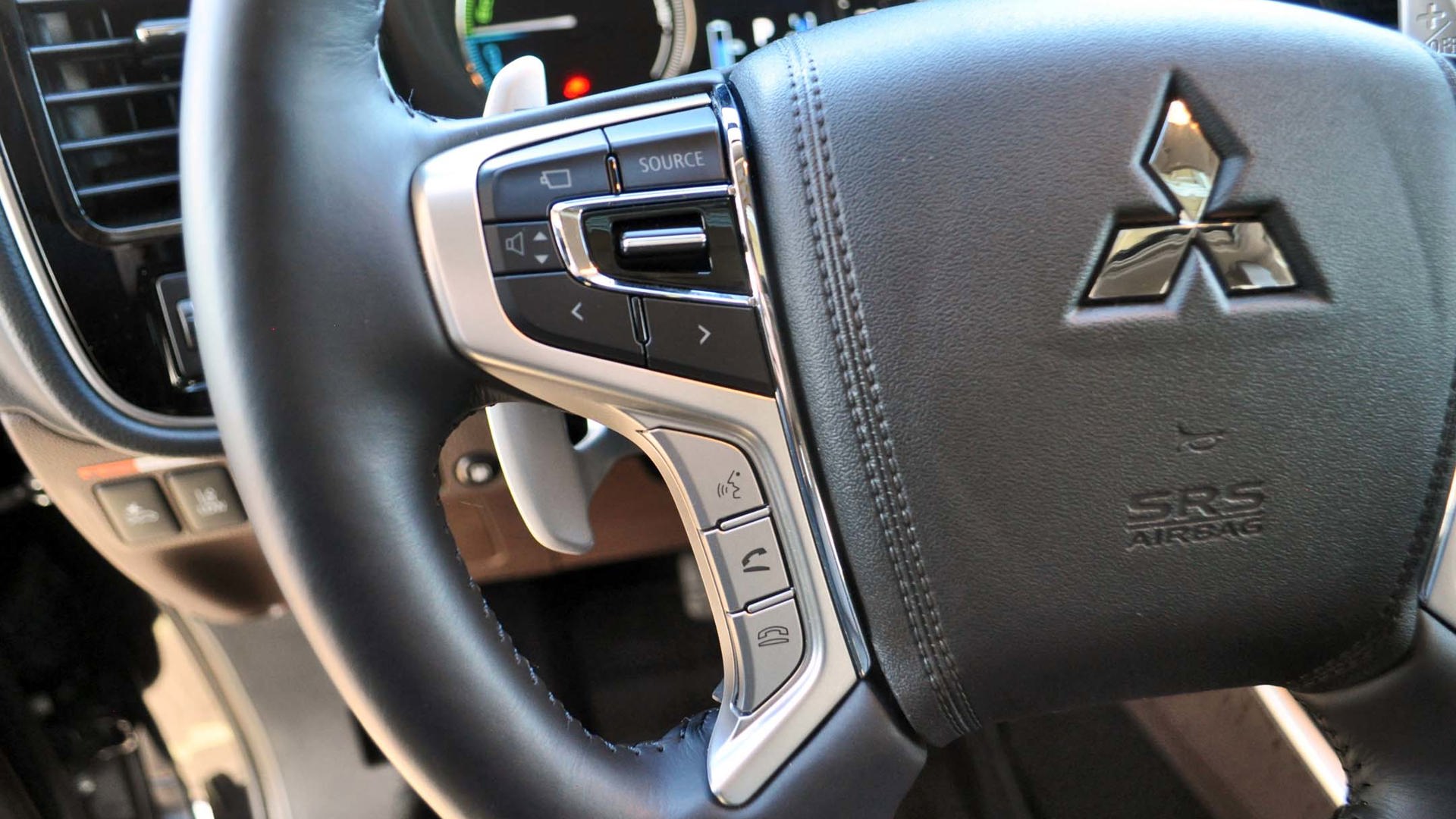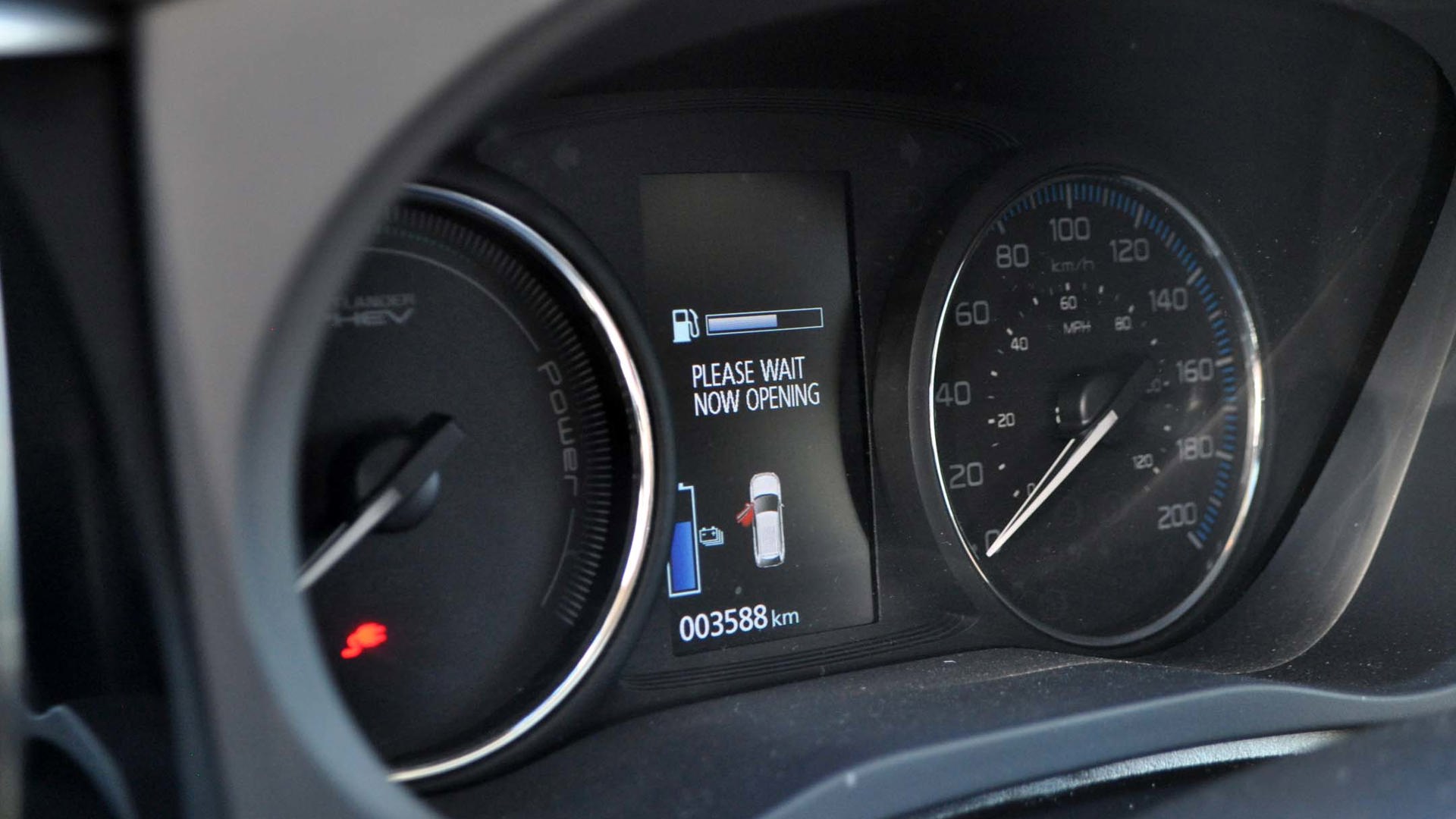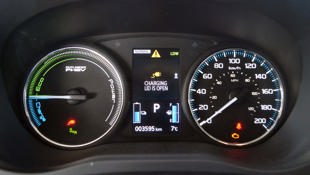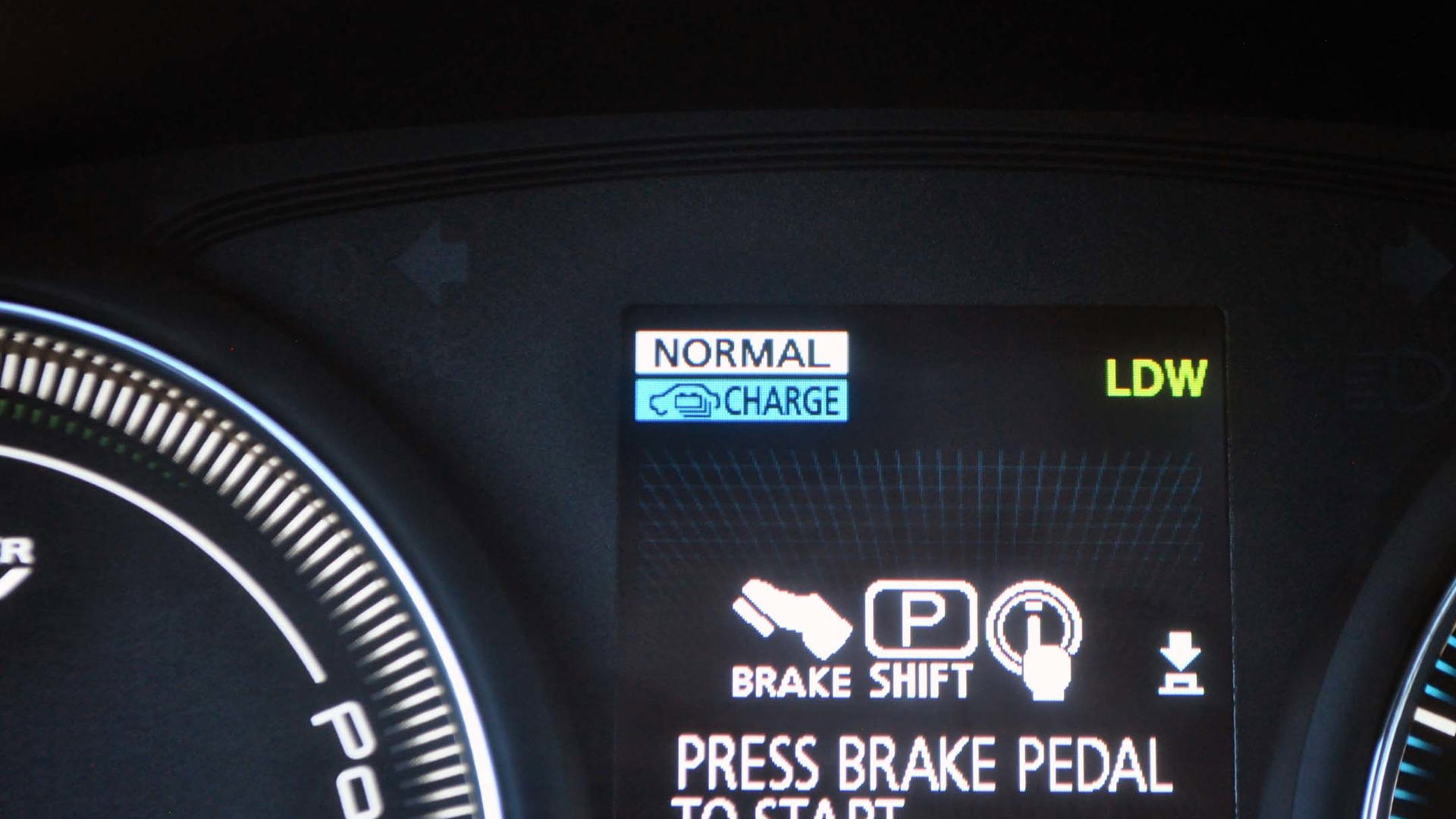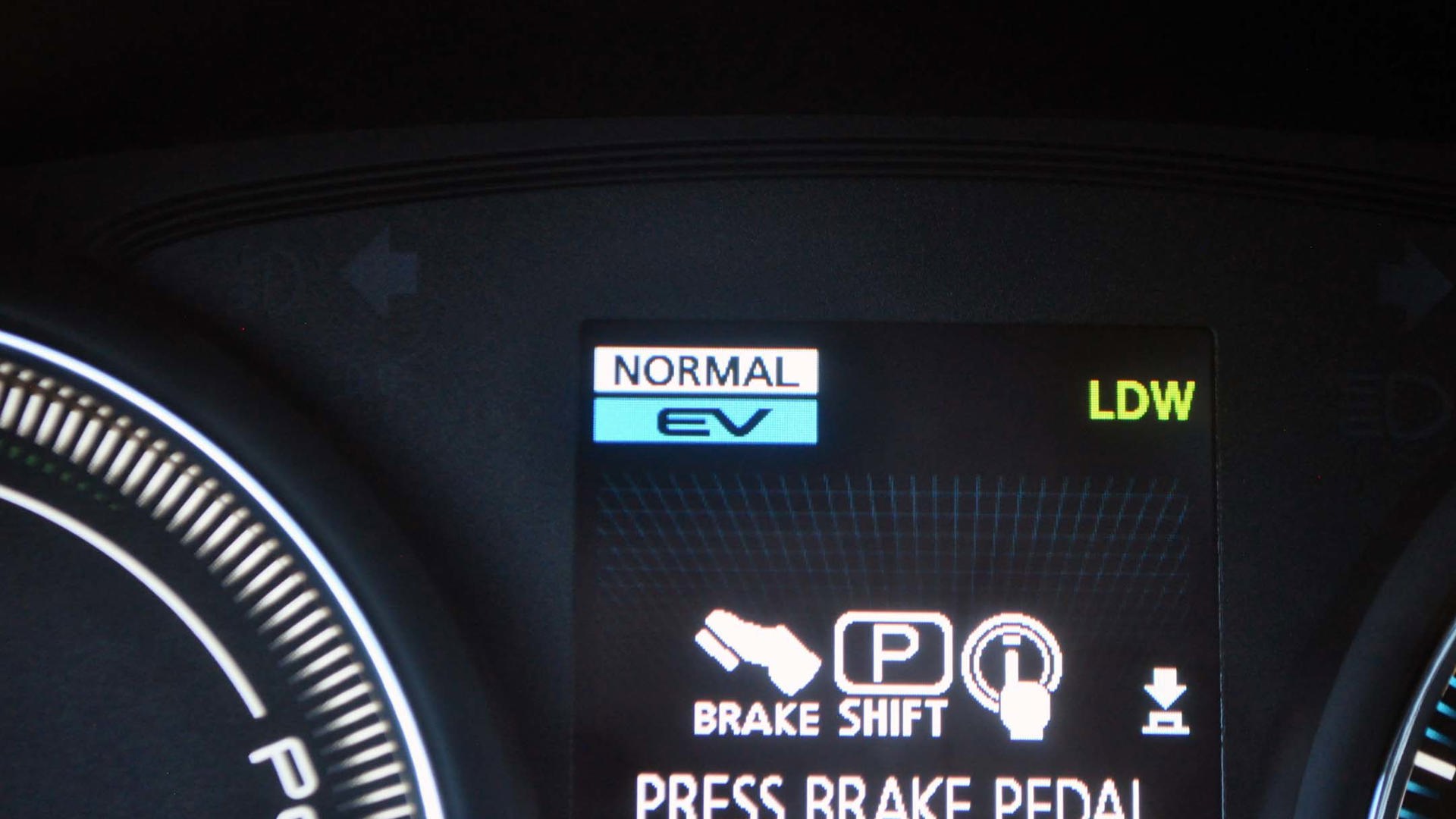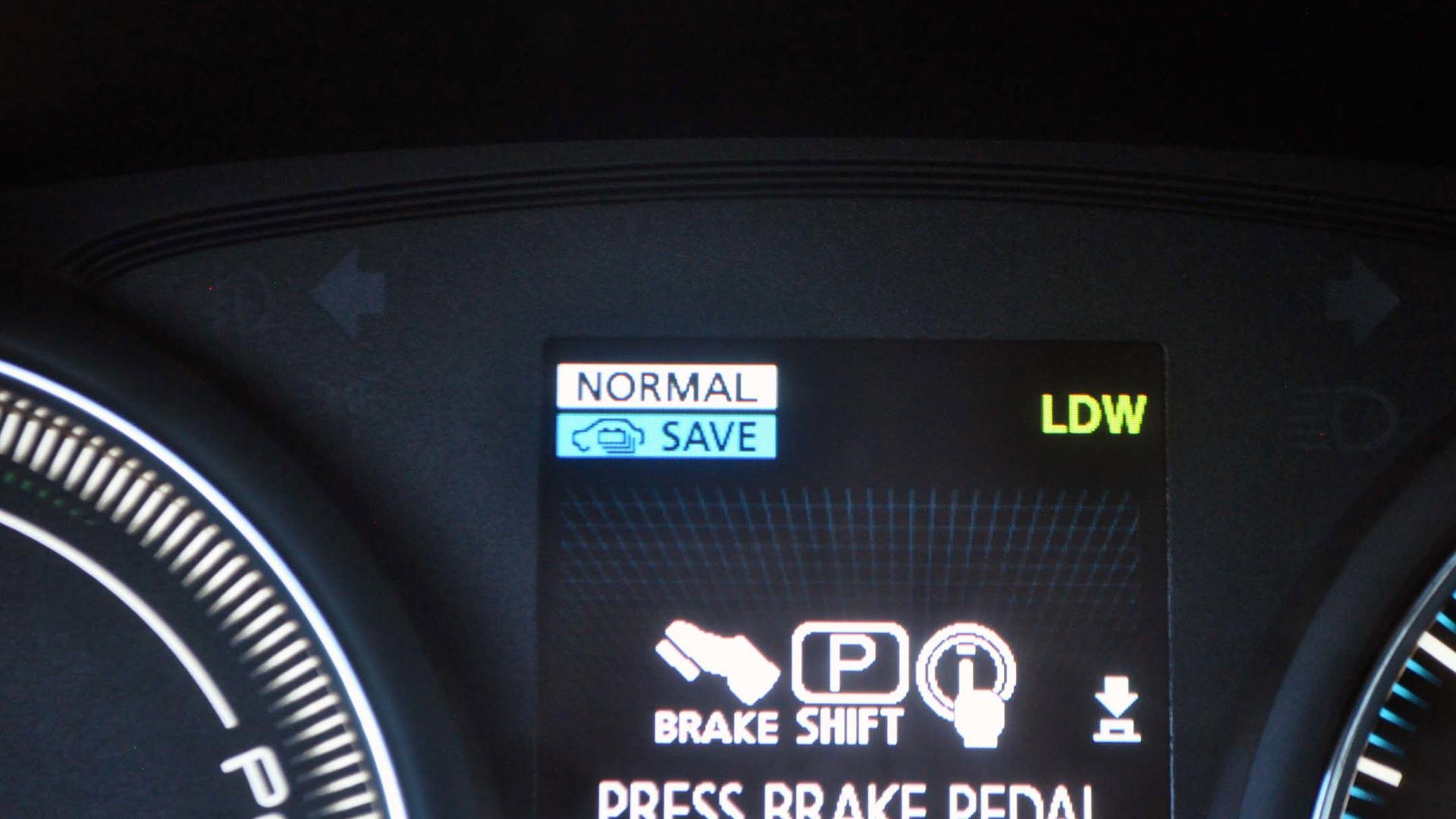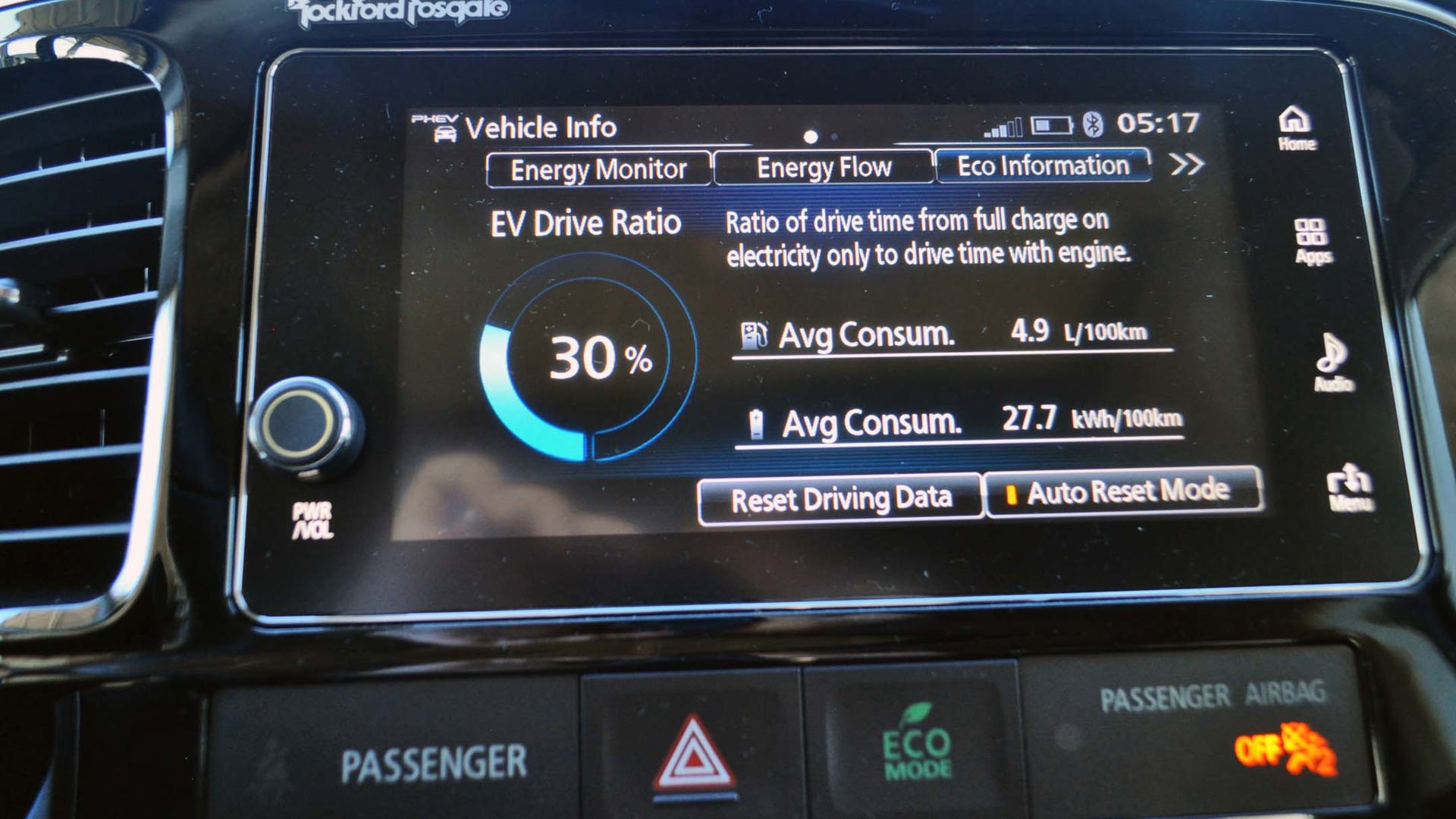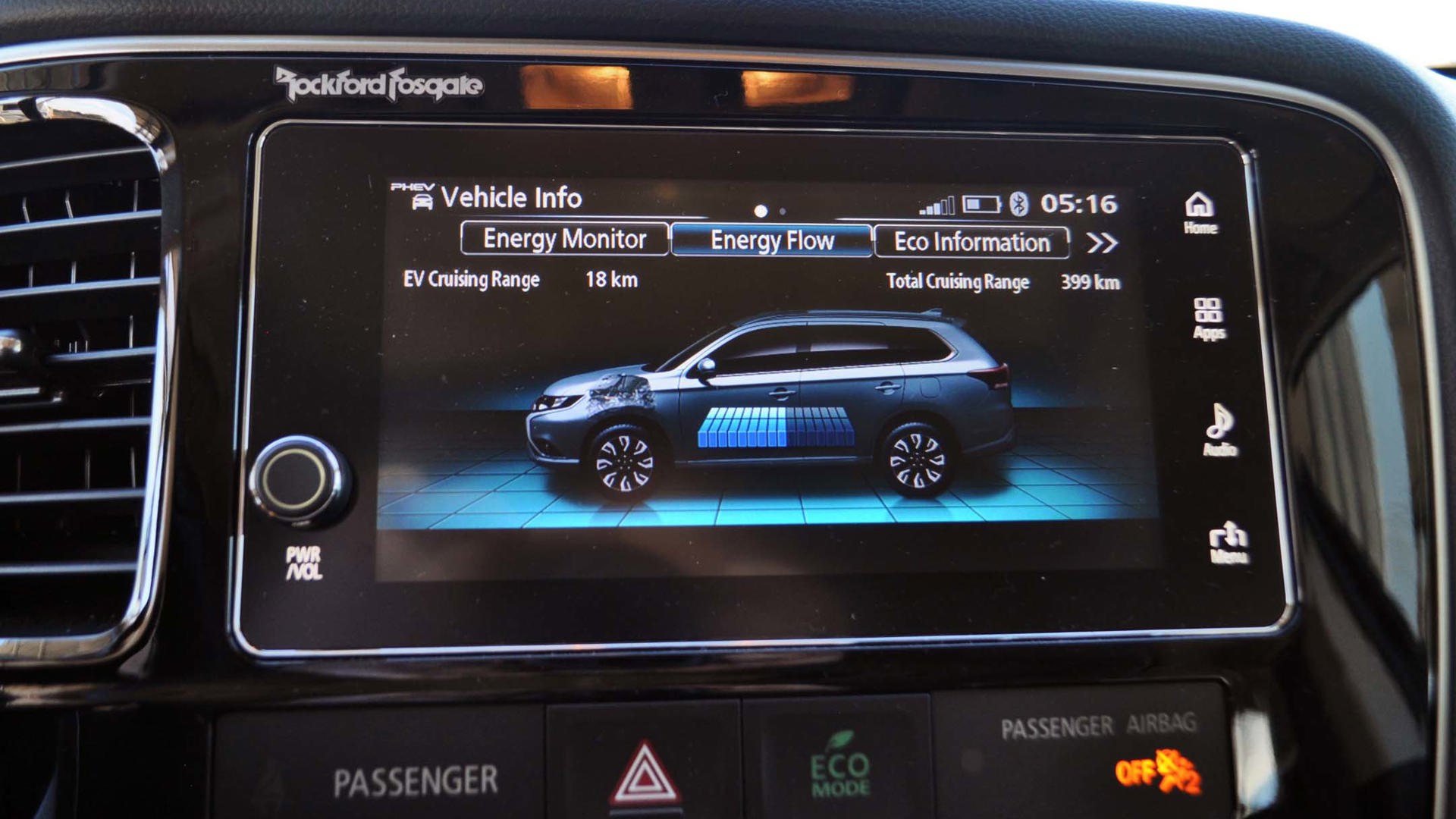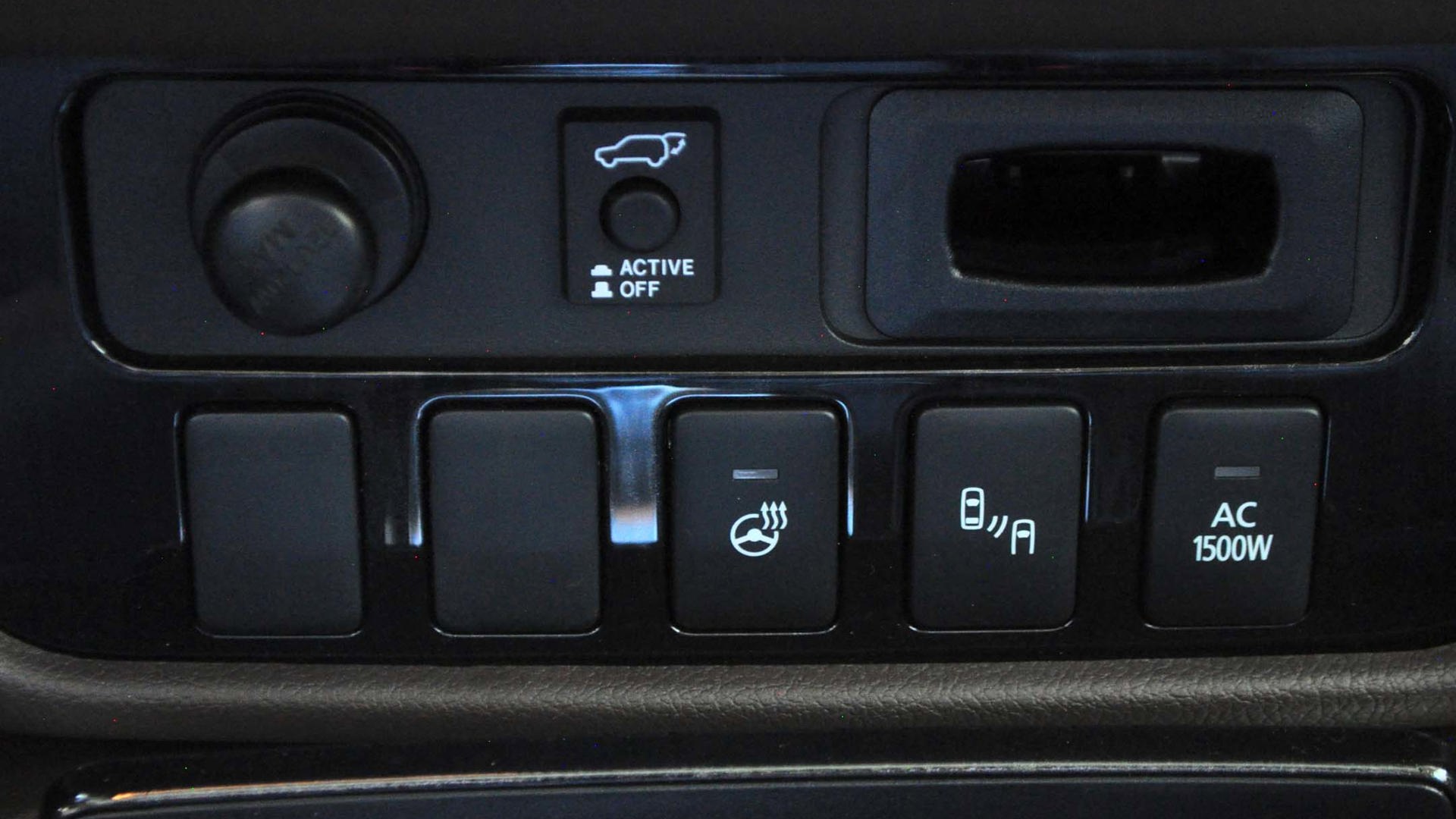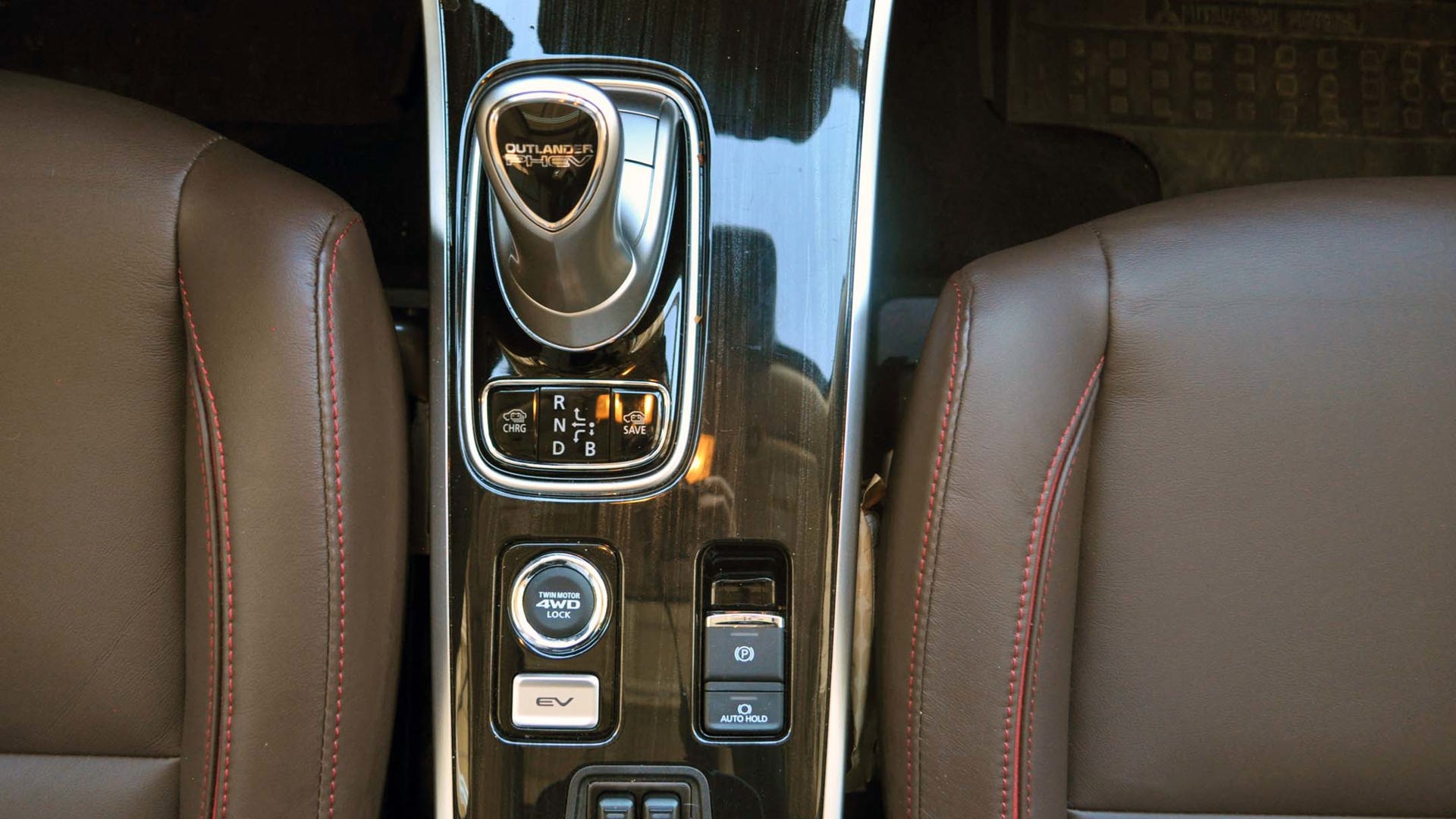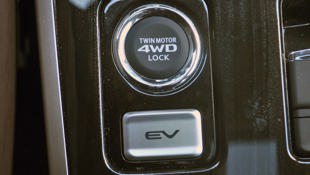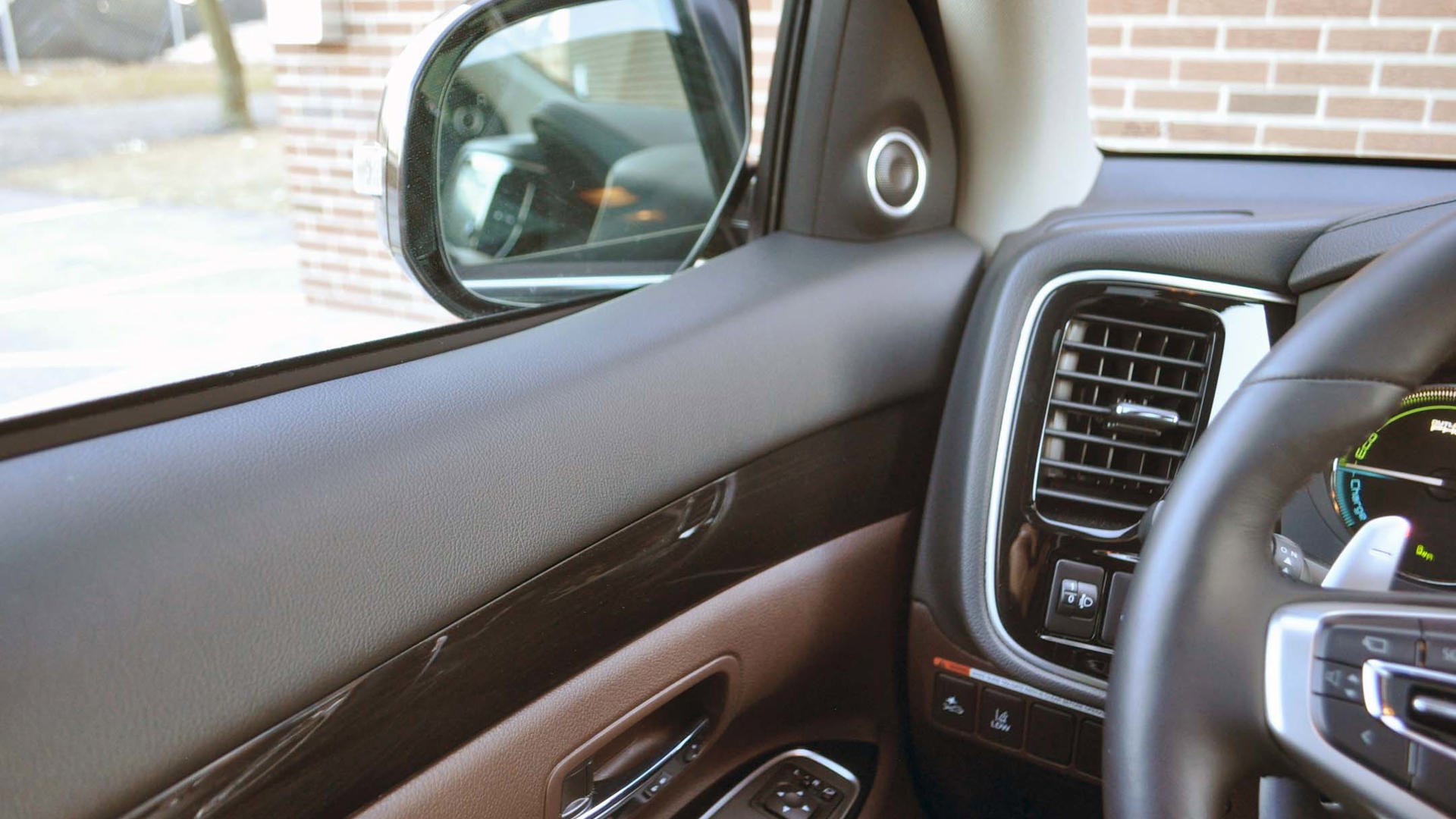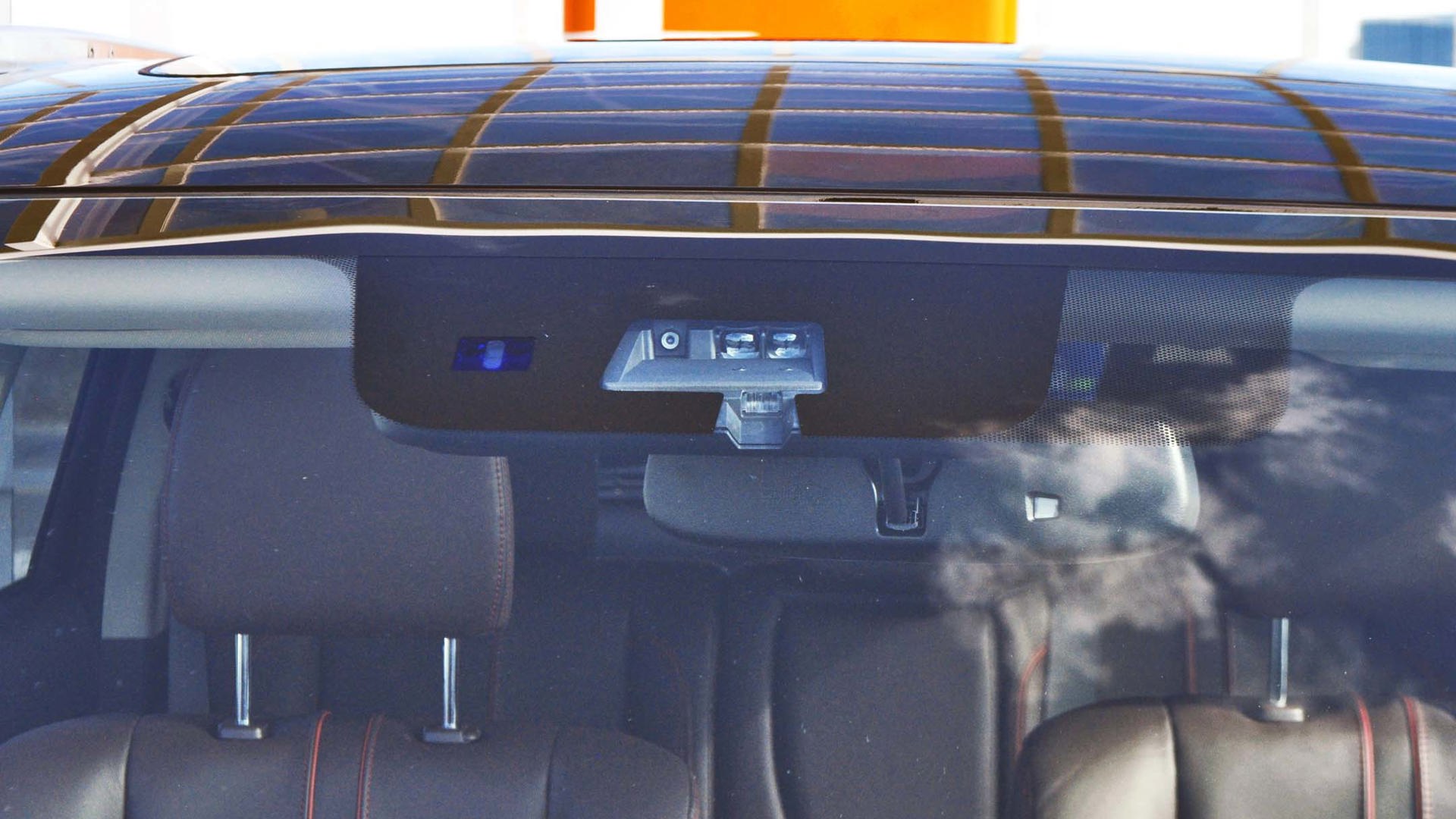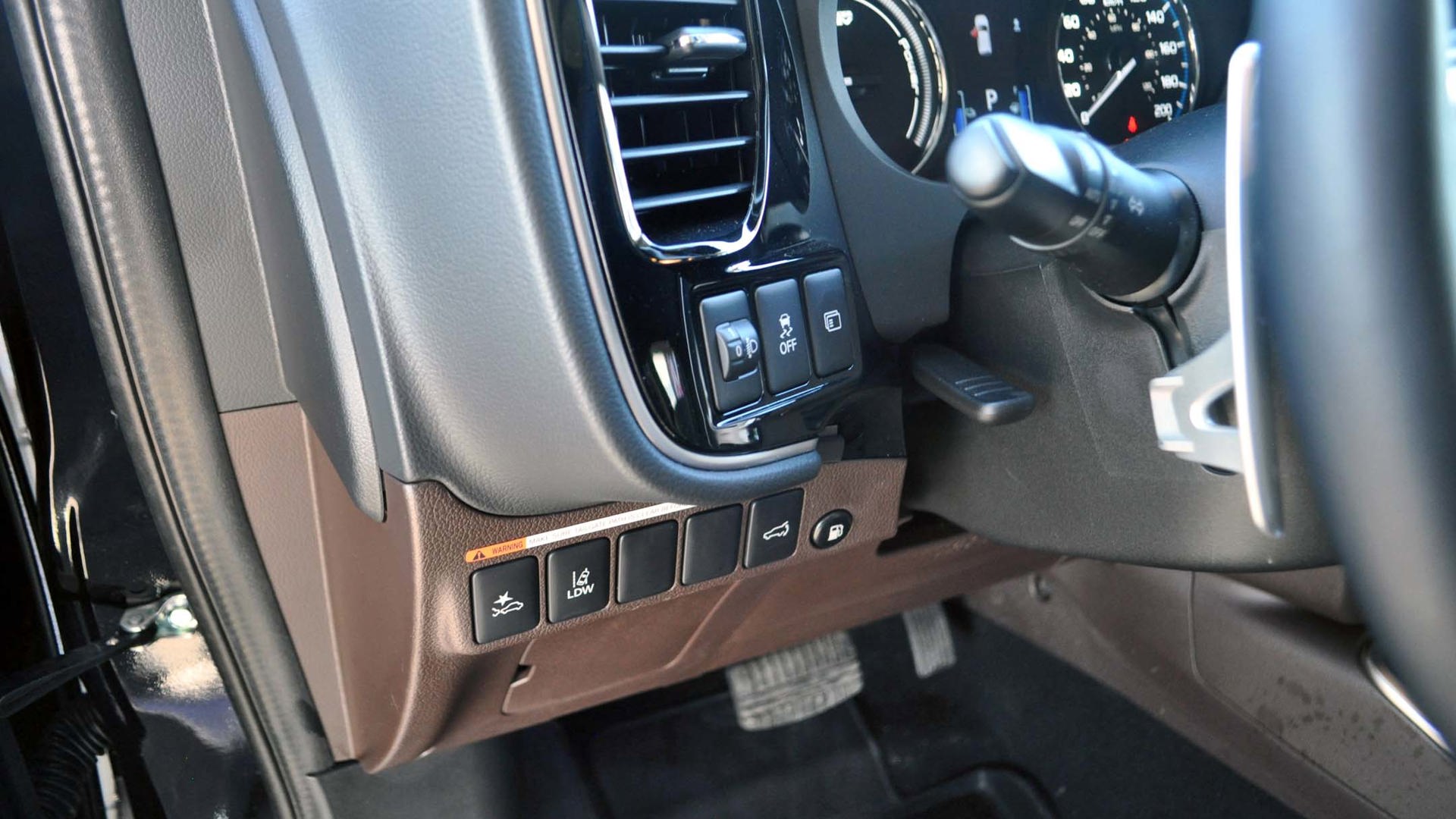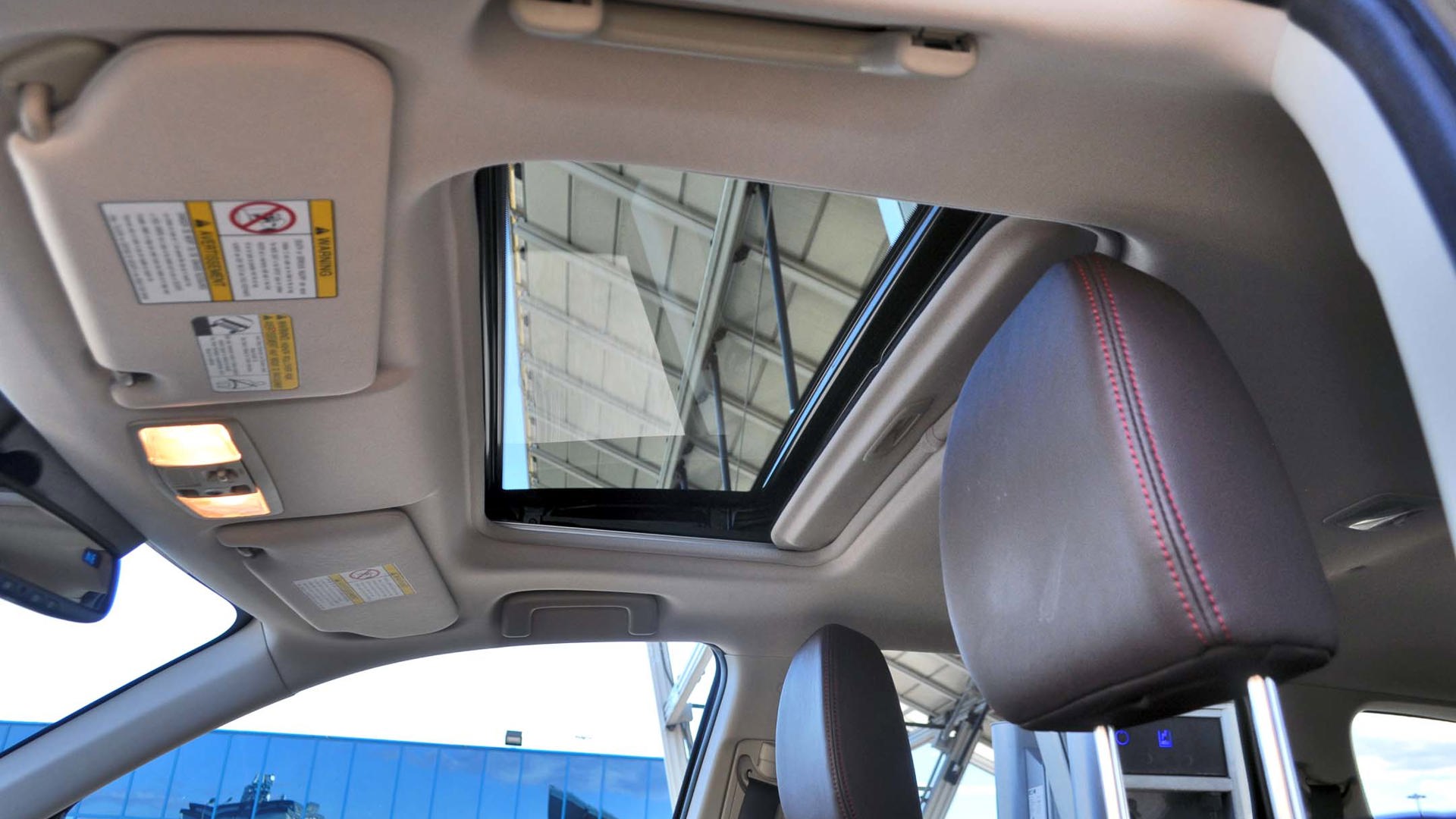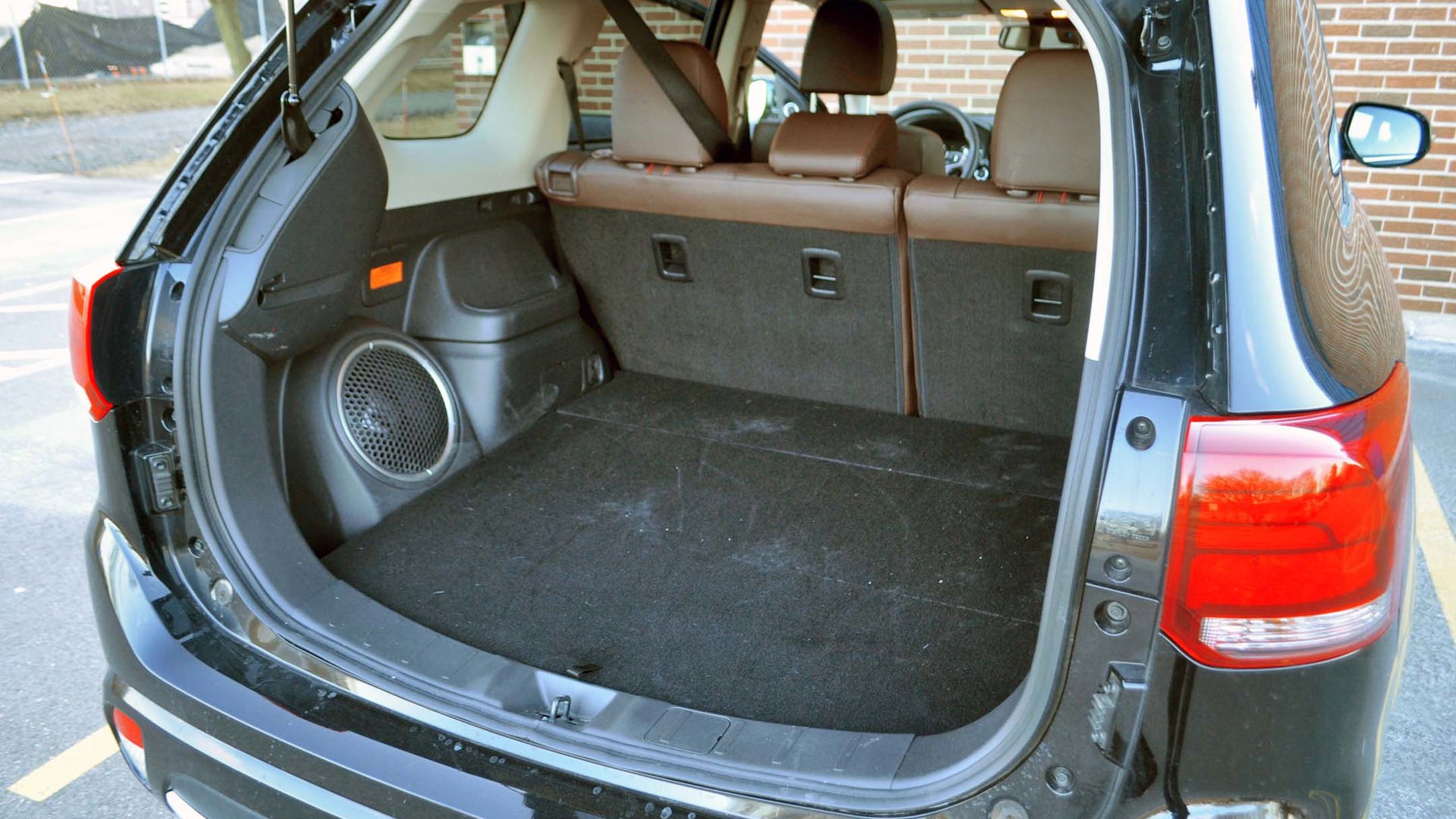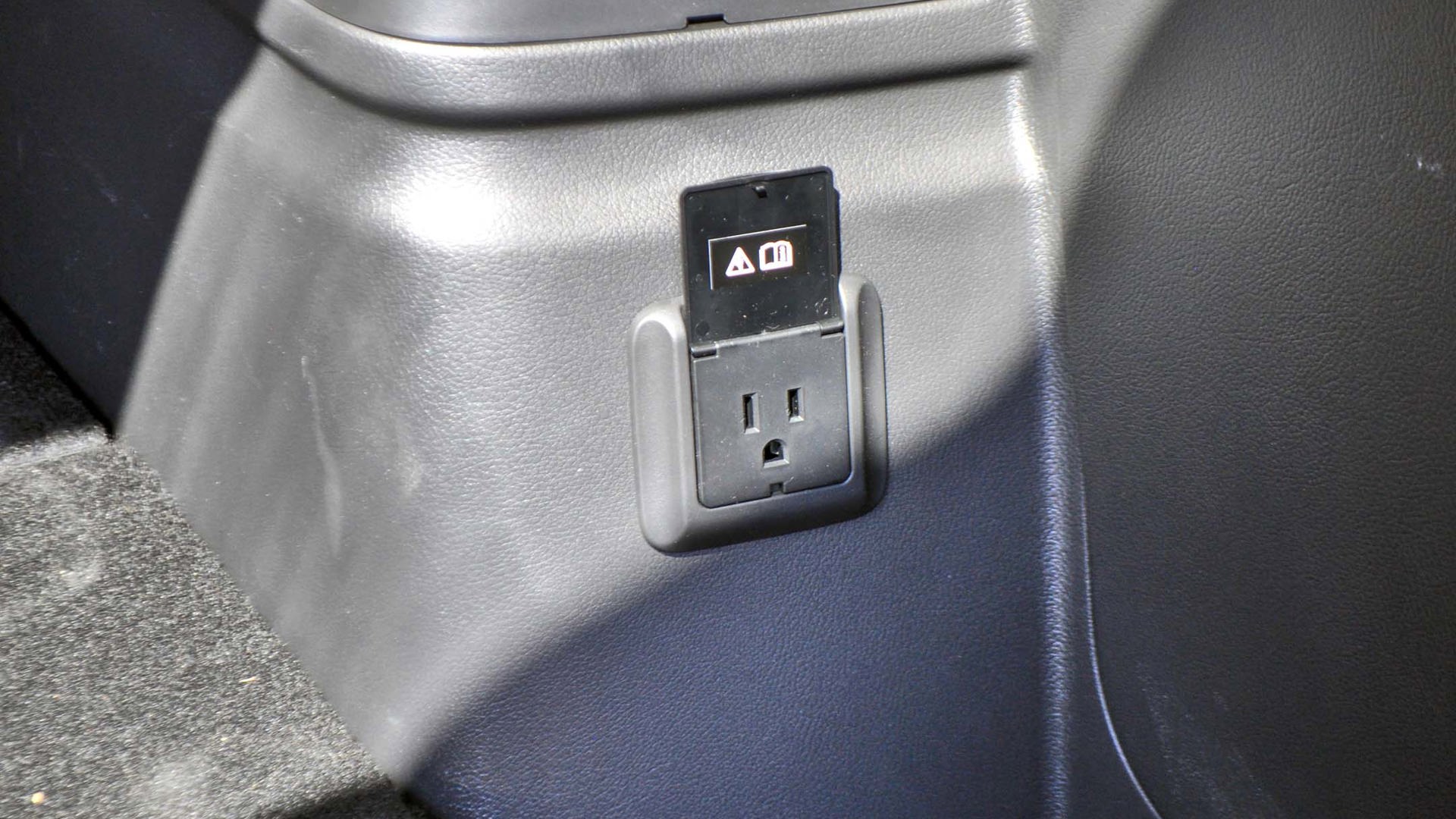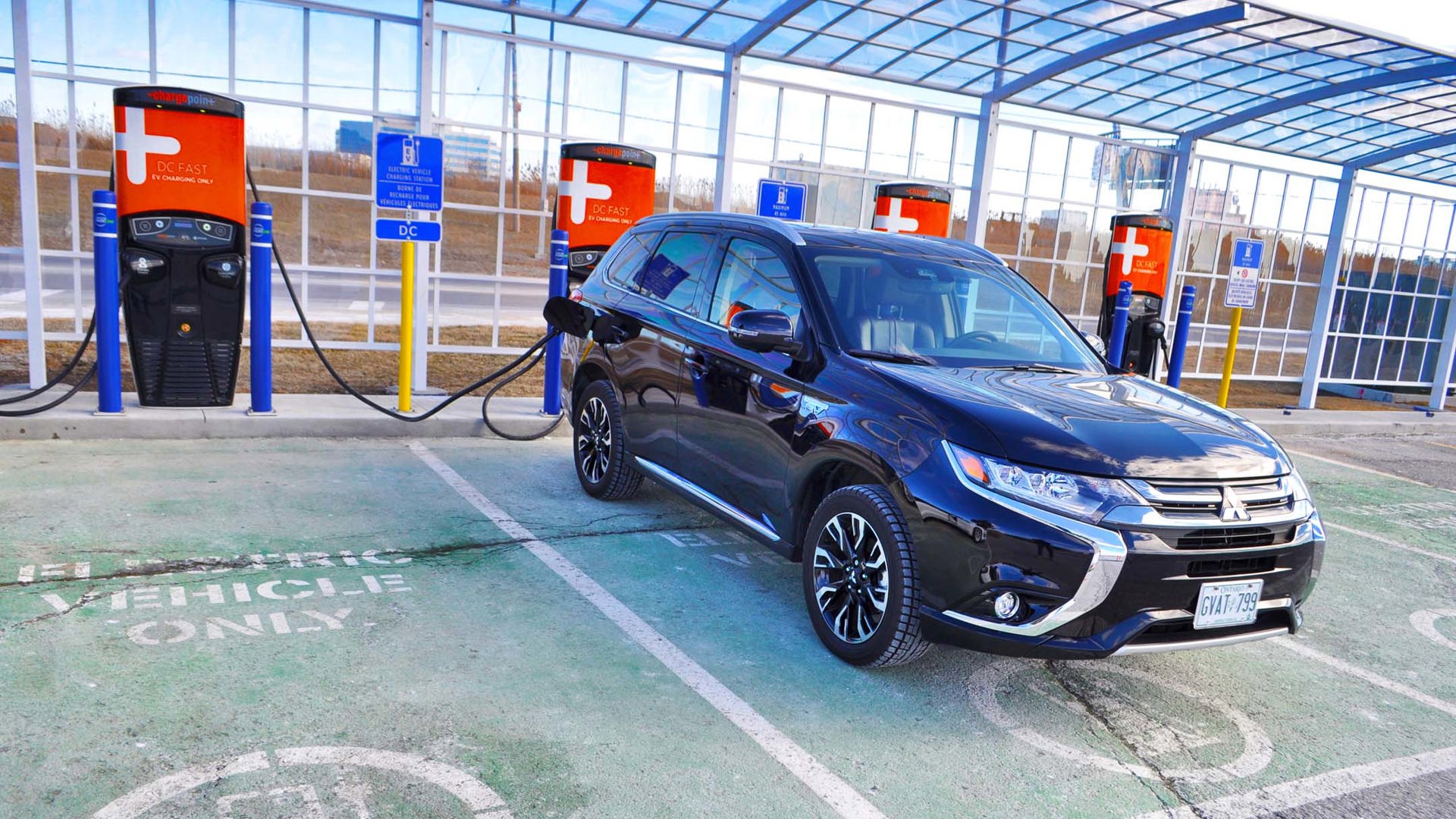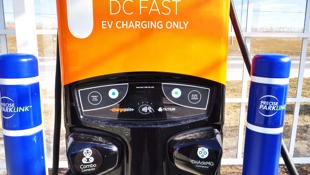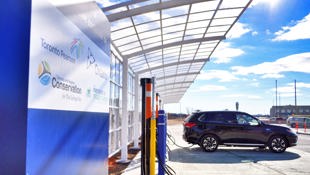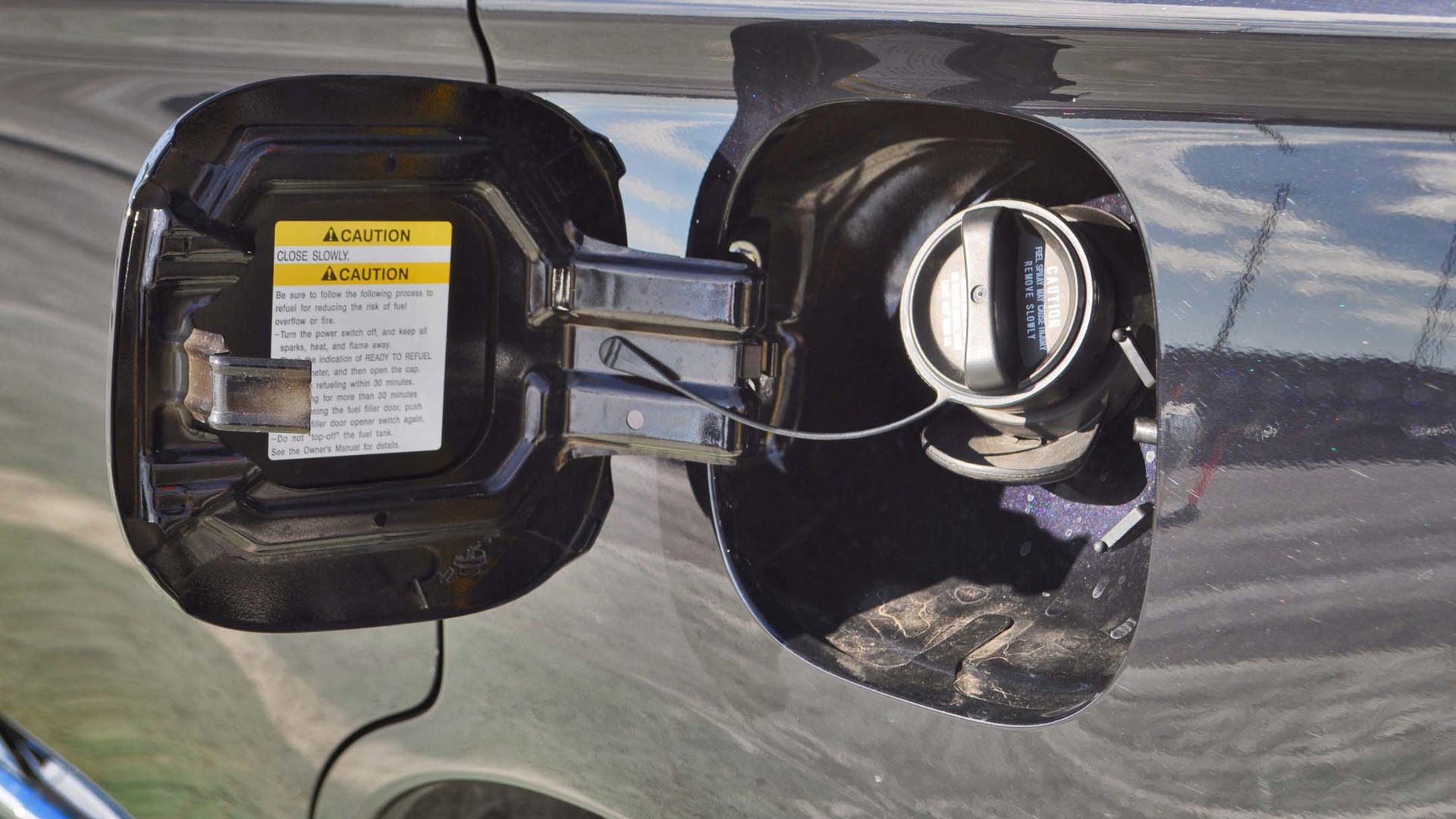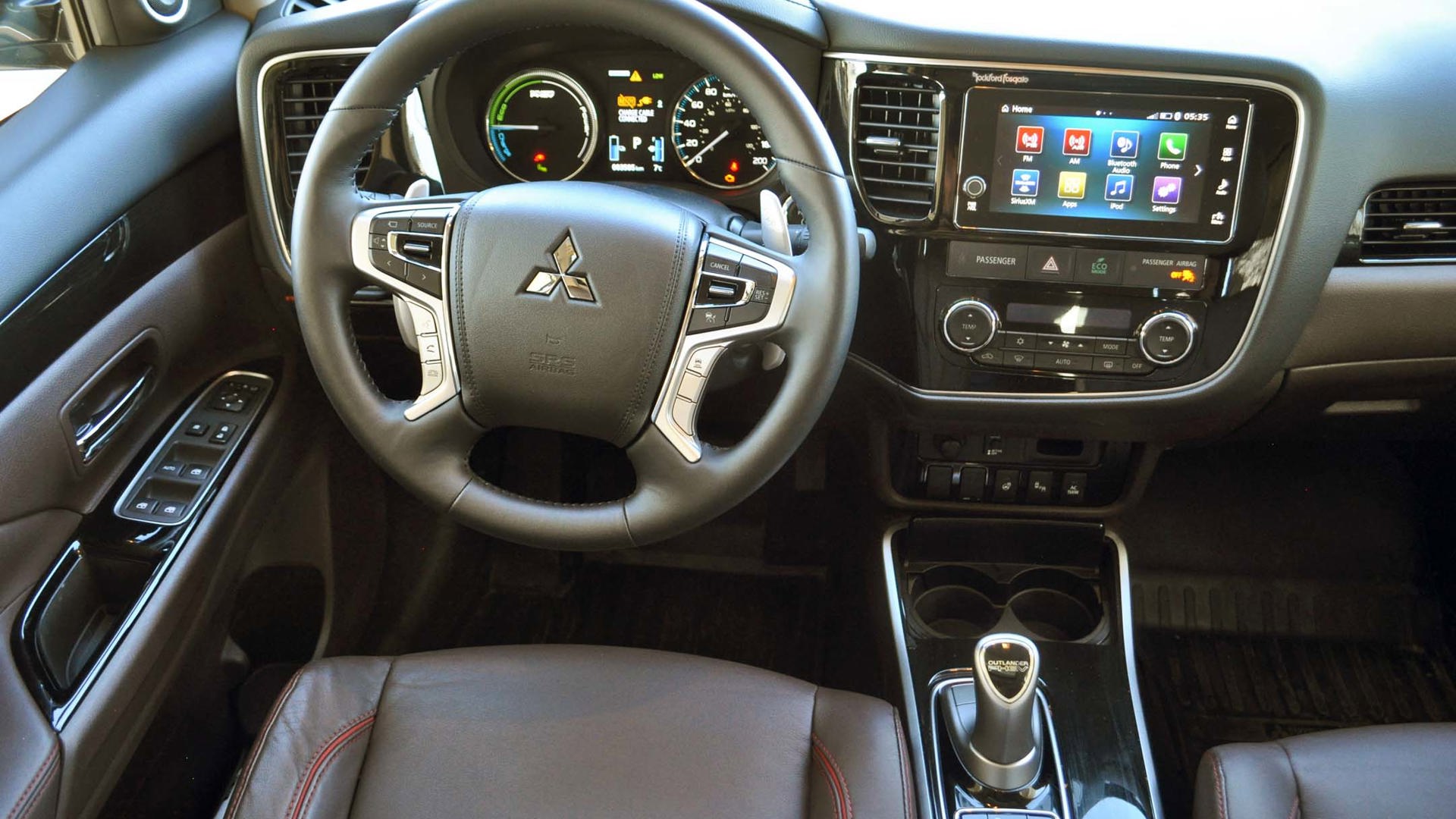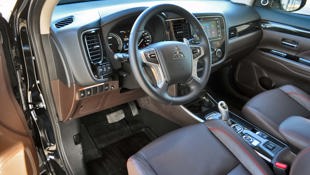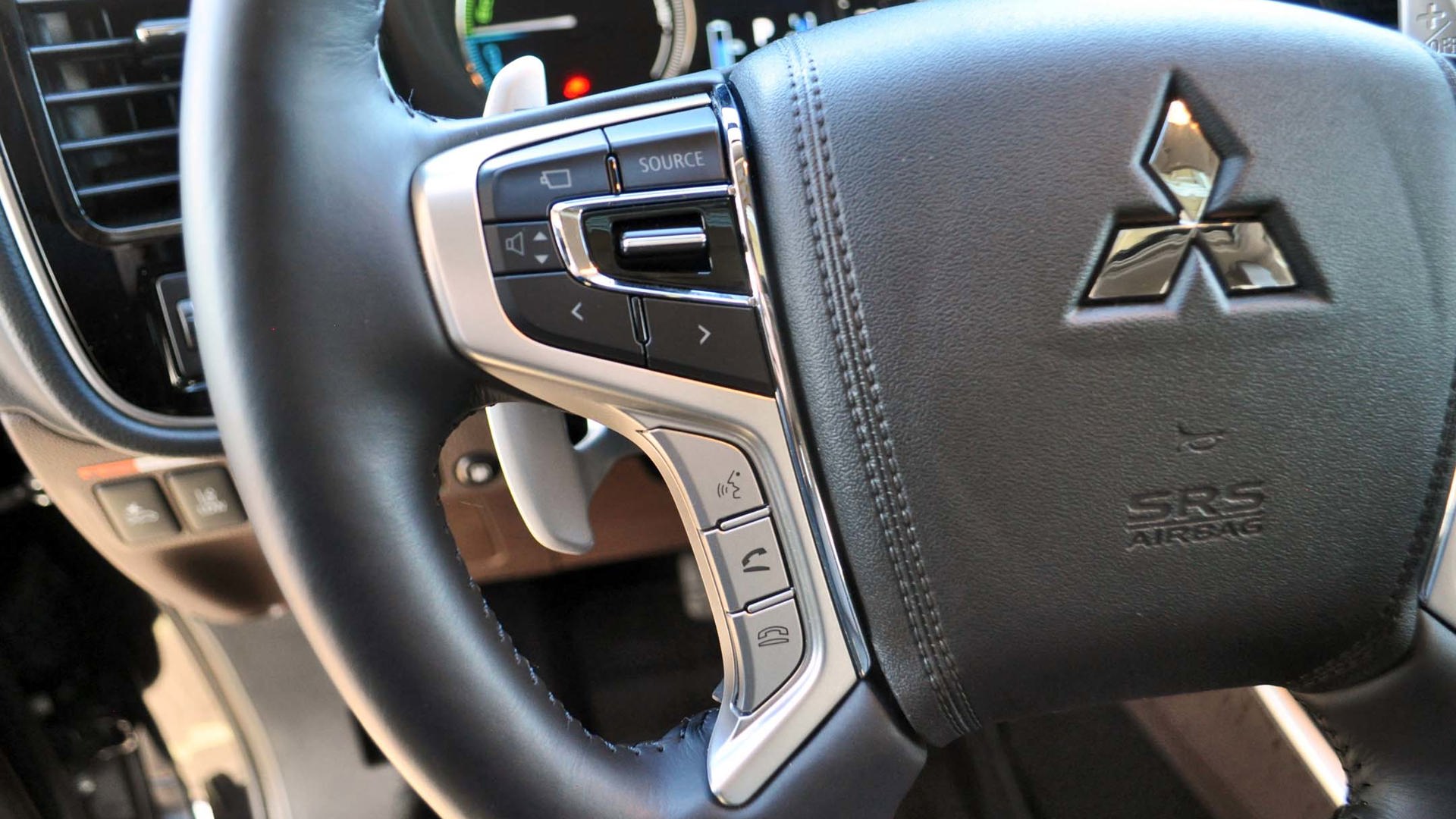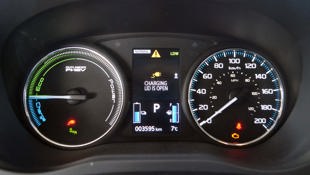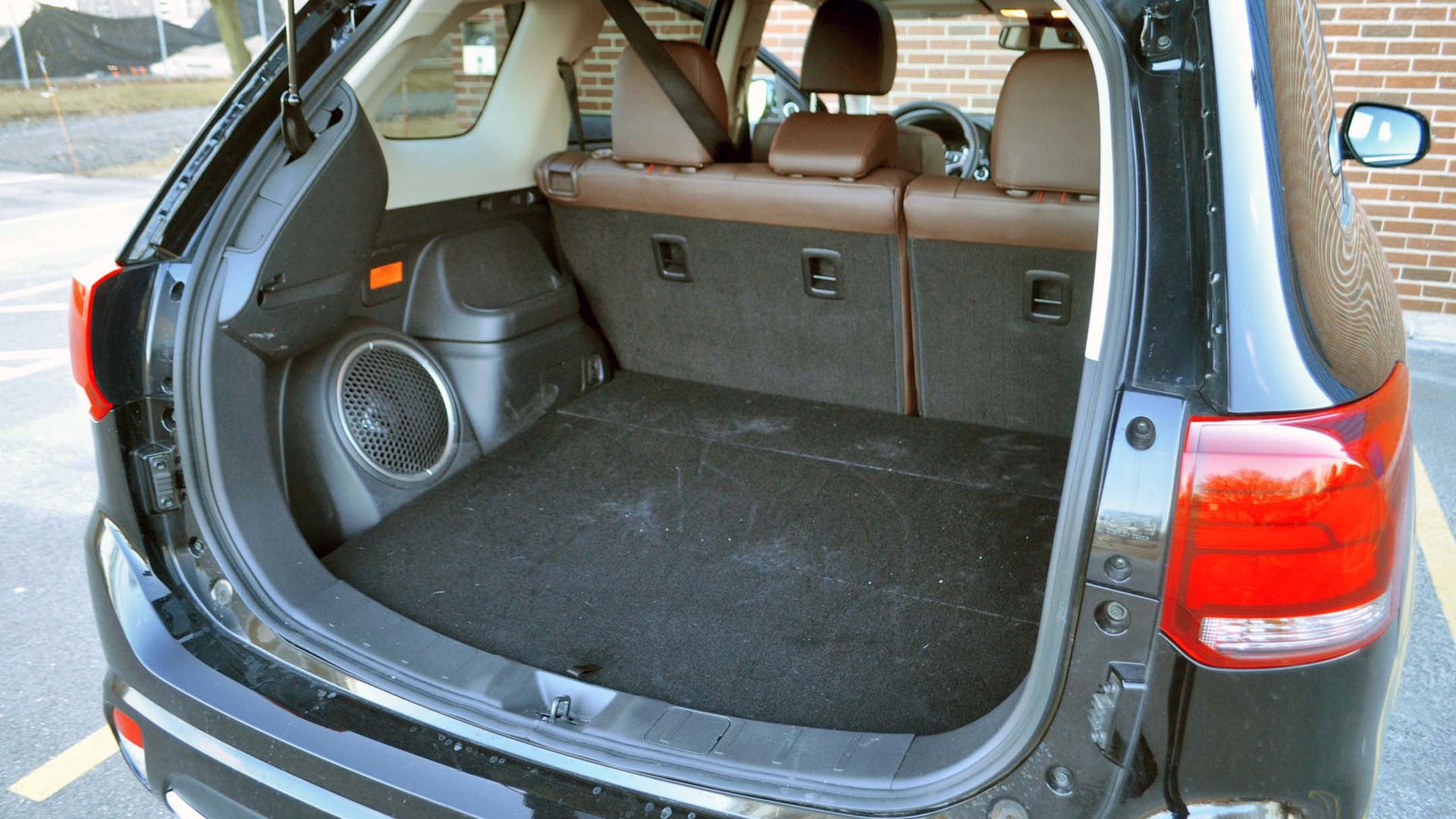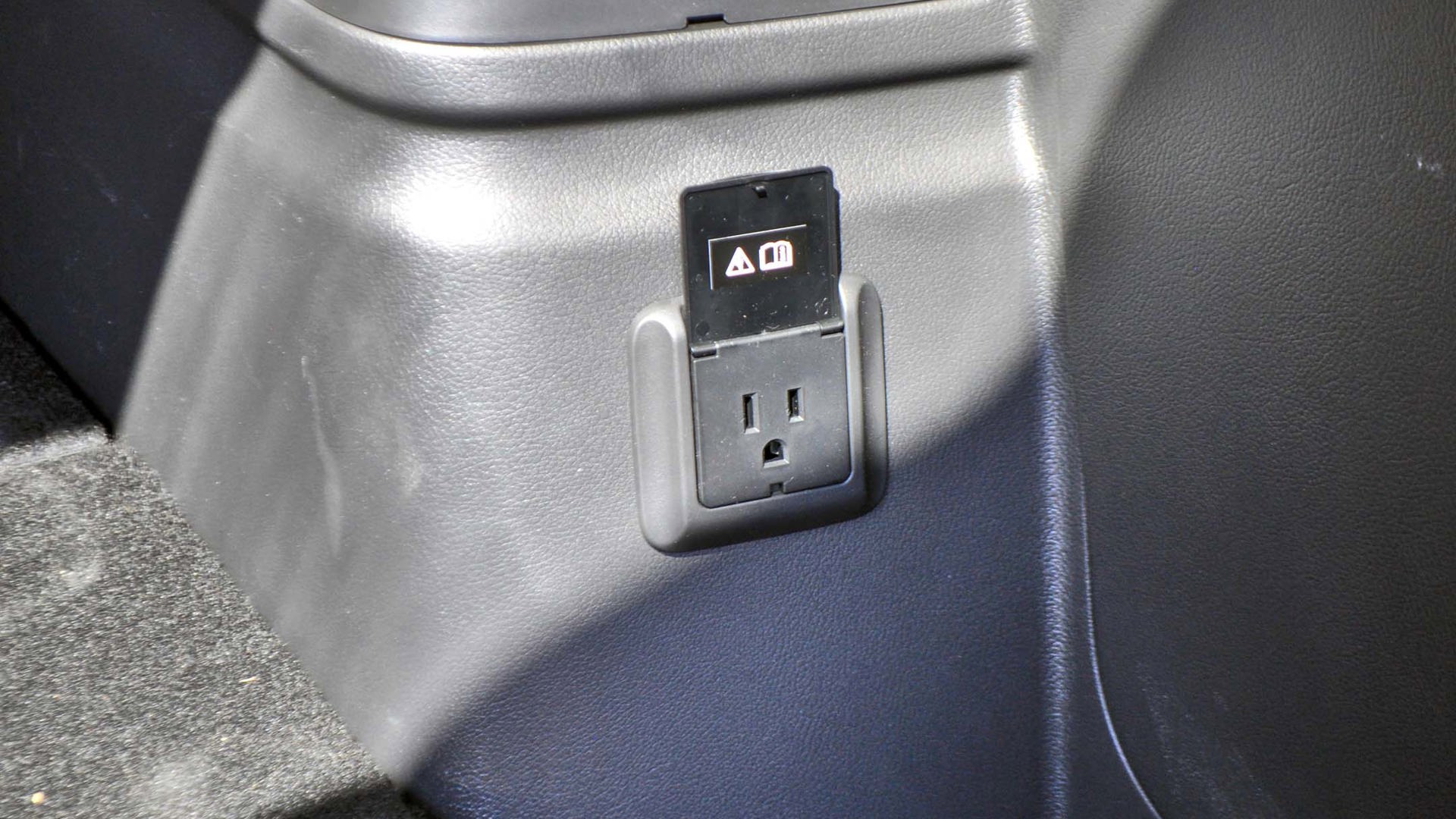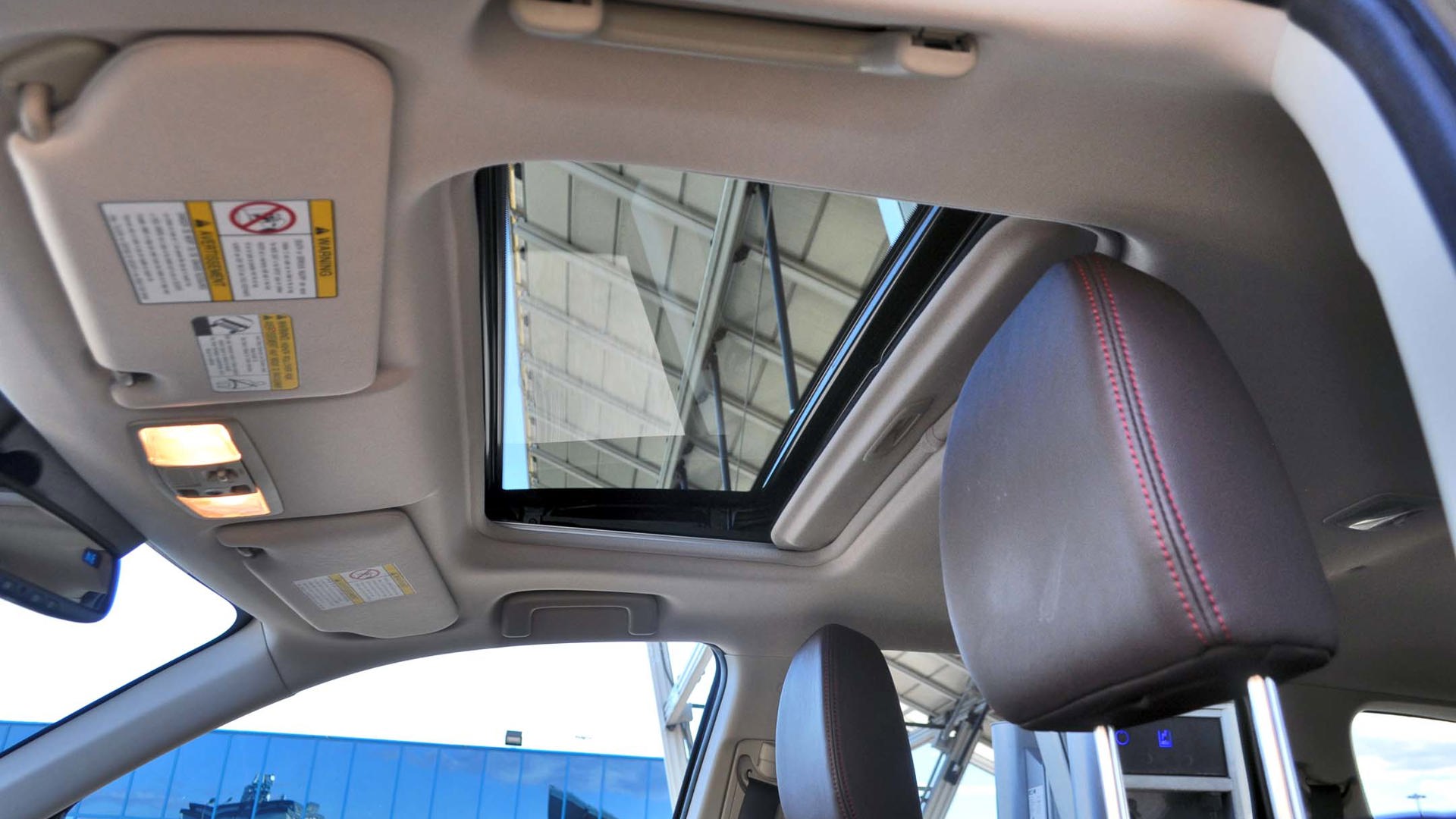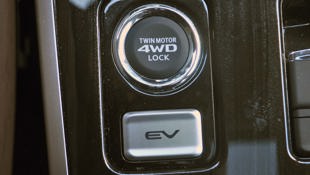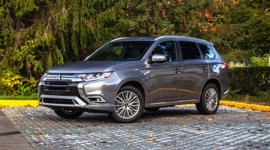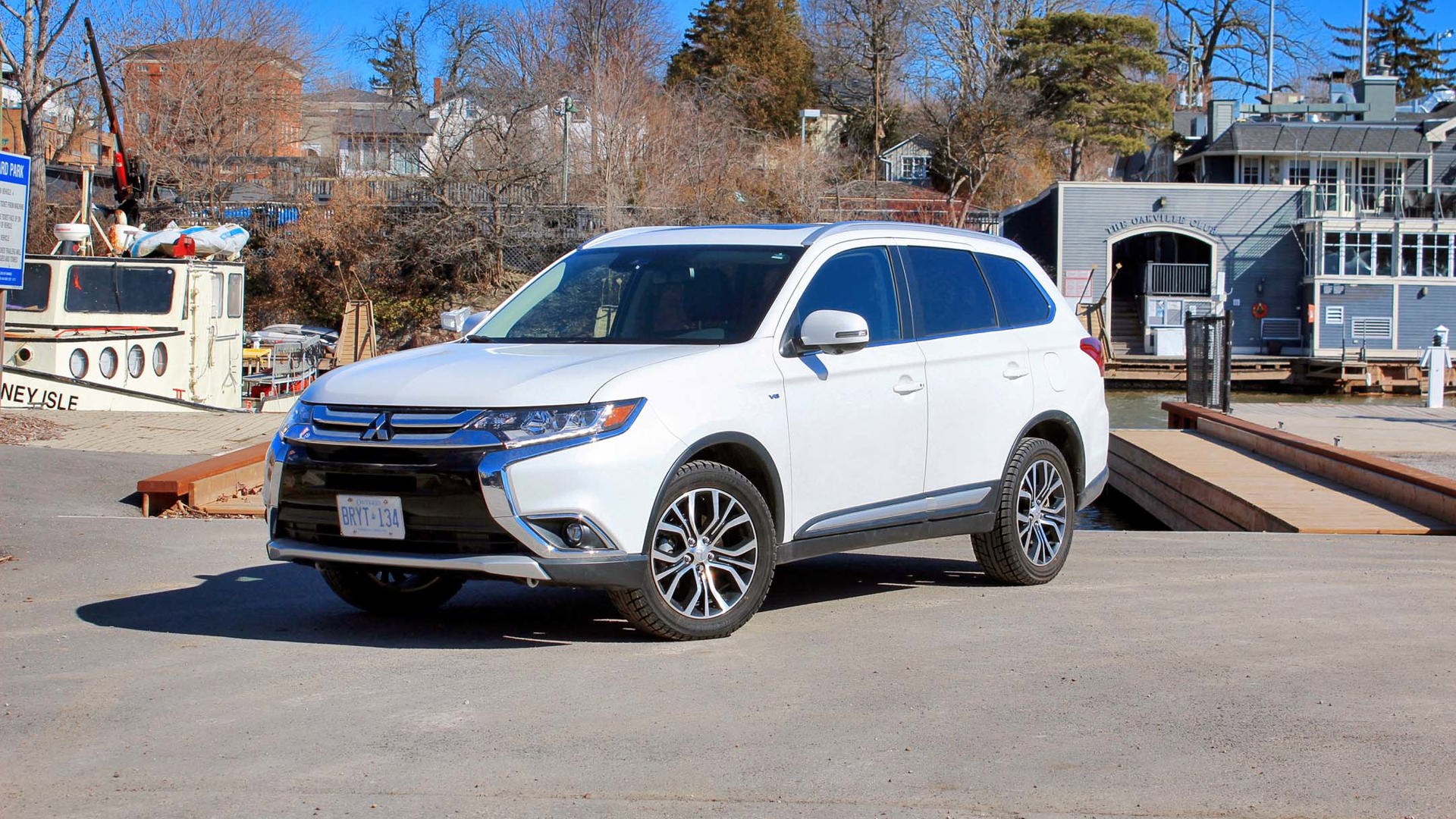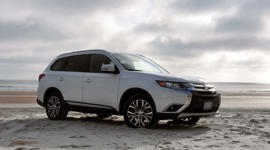Since we picked up our long-term Outlander in March, we’ve gone from it battling a winter that didn’t want to end, a windy and wet early spring that left many folks hunting for roofers, and occasional balmy temperatures doing a viable early impression of summer.
We’ve averaged 9.0 l/100 km in overall fuel efficiency over the past few weeks
The Outlander PHEV also happened to come in as Mitsubishi’s best-selling vehicle in April – surprising, since it’s also by far the priciest vehicle in its Canadian lineup. And more significantly, the Outlander PHEV scored the record for best-selling plug-in hybrid vehicle sales in one month in Canada ever, beating out the less expensive and highly regarded Chevrolet Volt’s high-water mark of 582 by seven units.
So it’s clear that the Outlander PHEV offers a combination of traditional SUV appeal, electric all-wheel drive, and a modern if still modest 35 km worth of electric range per charge. That’s the officially rated electric range of the Mitsu, and though requests for cabin heat can certainly reduce that number in colder temperatures to closer to 25 km, it’s still one of the most realistic and stable ratings we’ve seen in the plug-in business.
Disappointingly perhaps to some EV enthusiasts, this Mitsu will start the engine to provide cabin heat or when you press hard on the throttle on the highway, even if you’ve pushed the EV button to maximize electric operation – and it doesn’t honestly tell you the engine’s on by fading or at least flashing the EV mode dash display. But there’s no way to adjust the temperature at which the engine turns on downward, as in the Chevrolet Volt, though it seems fair to assume the majority of Outlander PHEV SUV buyers will be willing to sacrifice some fuel-efficiency and all-electric range.
Now that temperatures are getting higher, along with spiking gas prices, we’re seeing range estimates inch slightly above that official 35 km number, as well as interest increasing from colleagues with a renewed financial incentive to look at plug-in vehicles. The 37 km figures we’re occasionally now seeing predicted on a full charge is all of a sudden massively appealing to those who work within about 20 km of the office, since they could do all or the vast majority of their commute on quiet electric power (and much cheaper, compared to gasoline, even in Ontario).
But there are also many inquiring folks disappointed at that electric range, ones who ask what other plug-ins offer at least double that range, to cover their entire commute. We may have garnered some interest in Chevy Volts and Honda Clarity models with these discussions, but it’s plainly obvious that folks are disappointed there aren’t more plug-in SUV models on the affordable end of the market, as right now it’s really only the Outlander PHEV and the Mini Countryman PHEV, which we compared here.
Charging and practical flexibility
Perhaps the greatest lesson we’ve learned so far is that to achieve truly impressive performance and fuel efficiency, plugging in the Outlander PHEV is key. We’ve averaged 9.0 l/100 km in overall fuel efficiency over the past few weeks, with the dash indicating it has been run on electricity roughly 30-50 percent of the time, though the blended figure it has most recently achieved that takes into account the zero gas use while running on grid electricity was an indicated 4.9 l/100km. This blended figure has varied as well, but is generally in the 4-5 l/100km range.
That’s amazing overall fuel consumption performance, considering this is a high-riding 4WD SUV that can also seat five people comfortably, tow some cottage toys (rated to 680 kg, or 1,500 lb), and haul large cargo (as we did moving two massive and bulky five foot cabinets) with its flat-folding rear seats.
Helping the Outlander PHEV stay charged is its unique ability among all plug-in hybrids – so far – to use a Level 3 quick charger, which means that one can zap a quick 80 percent charge into the Outlander PHEV in 30 minutes. There’s an Ikea nearby the office that offers such Level 3 charging completely free, and if you linger just a bit with colleagues there over lunch – or don’t resist their tempting desserts – an hour there will give you a complete 35 km charge.
Though Ikea has gone above and beyond by offering all customers free Level 3 and multiple Level 2 charging stations, which take closer to four hours to fully charge the Outlander PHEV, those less expensive Level 2 stations are starting to pop up in many new locations, including a new bank of four in our office building parking lot. So even condo dwellers without their own access to any garage outlet or those folks at the office that drive 70 km per day and could charge at home could conceivably drive the Outlander PHEV and save money on fuel, compared to a similarly sized SUV.
Of course, you’d have to account for extra costs to acquire the Outlander PHEV too, as the $51,748 as tested cost after freight is roughly $10,000 more than a similarly equipped Outlander V6. That as tested cost includes a regular cord stowed under the cargo floor to allow you to plug it into a standard 120-volt outlet, but it doesn’t include a much more convenient Level 2 charger for your garage, which makes it easier to top up after weekend errands. The L2 unit itself costs anywhere from $500-$1,500, minus a $500 available rebate in Ontario, plus a similar amount for installation, which is also eligible for the same $500 in this province.
Of course, many owners will likely be happy to avoid these costs and headaches, and just plug it into a regular outlet, and let it sip its way to a full charge in eight hours. But if you’re on the fence on purchasing a plug-in vehicle in Ontario and would like to take advantage of these incentives or the $7,000 on the Outlander PHEV (and up to $14,000 for pure battery electric vehicles), keep in mind that there’s a provincial election coming up on June 7th 2018, and there’s no telling whether or how long any of those incentives will last after that date.
Charging roadblocks remain
As great as it is being able to drive the Outlander PHEV in largely silent electric mode, there have been some roadblocks that have made it more difficult. The first and most annoying of these has been that the four chargers in our office building have been installed for a couple of months now, but still haven’t started working. Even after downloading the myEV Route app, and both scanning the QR code and manually entering the number of the machine into the app, the system didn’t recognize that the Outlander PHEV was plugged in and ready to charge.
Part of the issue was the lack of WiFi or cell signal down in that parking area, but even when entering from upstairs, it still wasn’t able to communicate with the car to start the juice flowing. We’ve ordered a dongle which supposedly will help in locations like this with iffy cell signal, but there remains ‘Caution’ tape around the machines now, so clearly there’s more issues at work. We’ll investigate further, and hopefully receive some answers by the end of the Outlander’s test.
Another frustration some occasional drivers have mentioned with such L2 chargers is that they often require a unique charging network card, and don’t take regular credit cards.
But overall, we’ve been fairly impressed with the Outlander’s blend of comfort, flexibility and fuel efficiency, and certainly see the widespread appeal.
